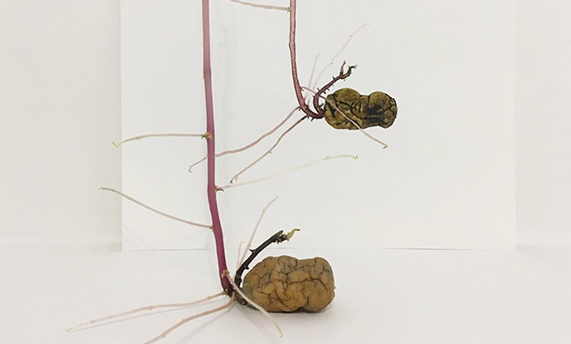
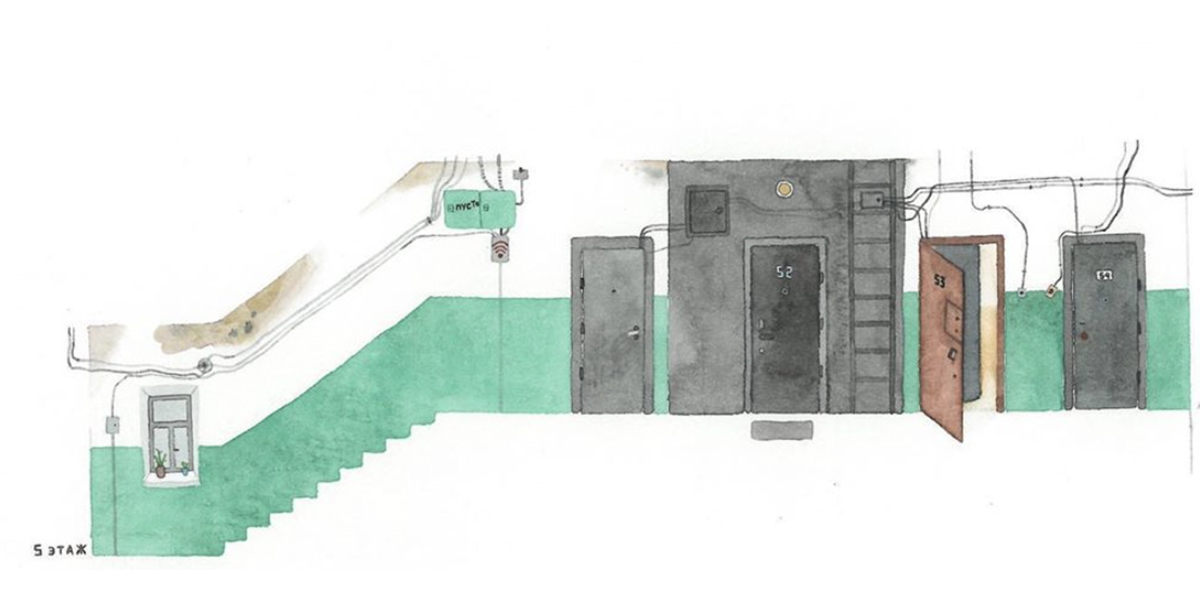
Text
K o p y r n o v a I n n a
Asya Marakulina was born in Perm, Russia. She lives and works in Saint Petersburg. Russian journalists marked Asya as the “Turgenev’s girl of Petersburg art” and the “hope of Russian contemporary art”. So, we decided to talk with Asya about how convenient or not can be a life of the contemporary artist in Russia.
About first exhibitions in Perm and Saint Petersburg
I started exhibiting when I was still living in my hometown. At that time, I was studying in an art studio and we organized exhibitions for various holiday fairs. After that, I had a long period of moving to St. Petersburg and time to join the student body. At the University, I received a classical art education: painting, drawing, and so on – at the same time I was engaged in creative work. I studied at the school of a young artist “ProArte“. This fund was created specifically for children who want to develop in the field of contemporary art. My first exhibition was held in the Peter and Paul fortress in 2014. Then I returned from a residence in Belgium and used the collected material this way. This was the first conscious display.
It was from this residence that I began to get to know the foreign art space. At the time, I didn’t know what I am involving myself in. I even went to Belgium more out of curiosity and interest in travelling. Before that, I only travelled inside Russia. After that, I soon went to a residence in Norway and then participated in a group exhibition in New York. There were artists from the Urals and from Brooklyn. Now it is even difficult to remember the complex concept of how it all was interconnected. My curator who now works at the Yeltsin centre in St. Petersburg called me there. Usually, I participate in foreign exhibitions at the invitation of my friends from Russia – this was the case with New York, then with Stockholm, and with Texas. My experience of working abroad is not quite big.
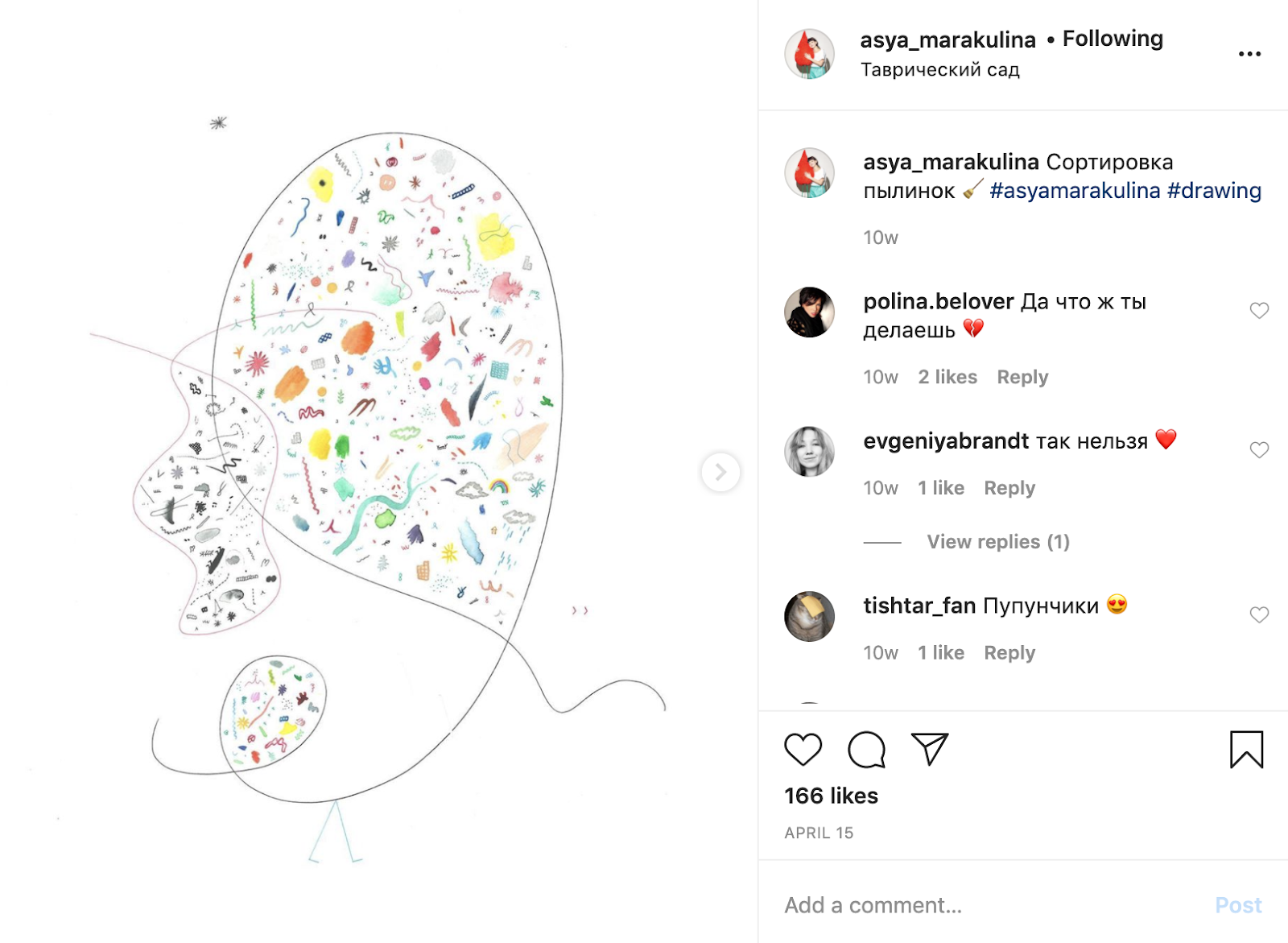
About attachment to a place
I have a workshop in St. Petersburg, and there I can be alone without any noise – write texts, think, create. I spend most of my time in the workshop.
I am also coupled to Russia – all the projects that I have done in residences are somehow linked to the local context. It is much easier and more interesting for me to work when I am immersed in the language, visual, and cultural environment. For example, in France, I worked with difficulties in translating and understanding a foreign language in Russian. Of course, a new place gives you a lot of new information, a new material that you can’t ignore. But at the same time, you analyze your personal baggage, already collected at home. The Russian reality certainly affects me a lot – I live here.
About moving to another country
The idea of moving is always present. Especially when I’m abroad, comparing and trying on other locations. I want to study somewhere else, but now I’m not ready to move to another country – it takes a lot of energy. I lived 3 months in France and realized that if you move there, you need to absolutely start everything from scratch. I’m a stranger there. I don’t want to spend time adapting to a new social space now – I want to work. I have projects that need to be done now – maybe a little later they will no longer be relevant to me.
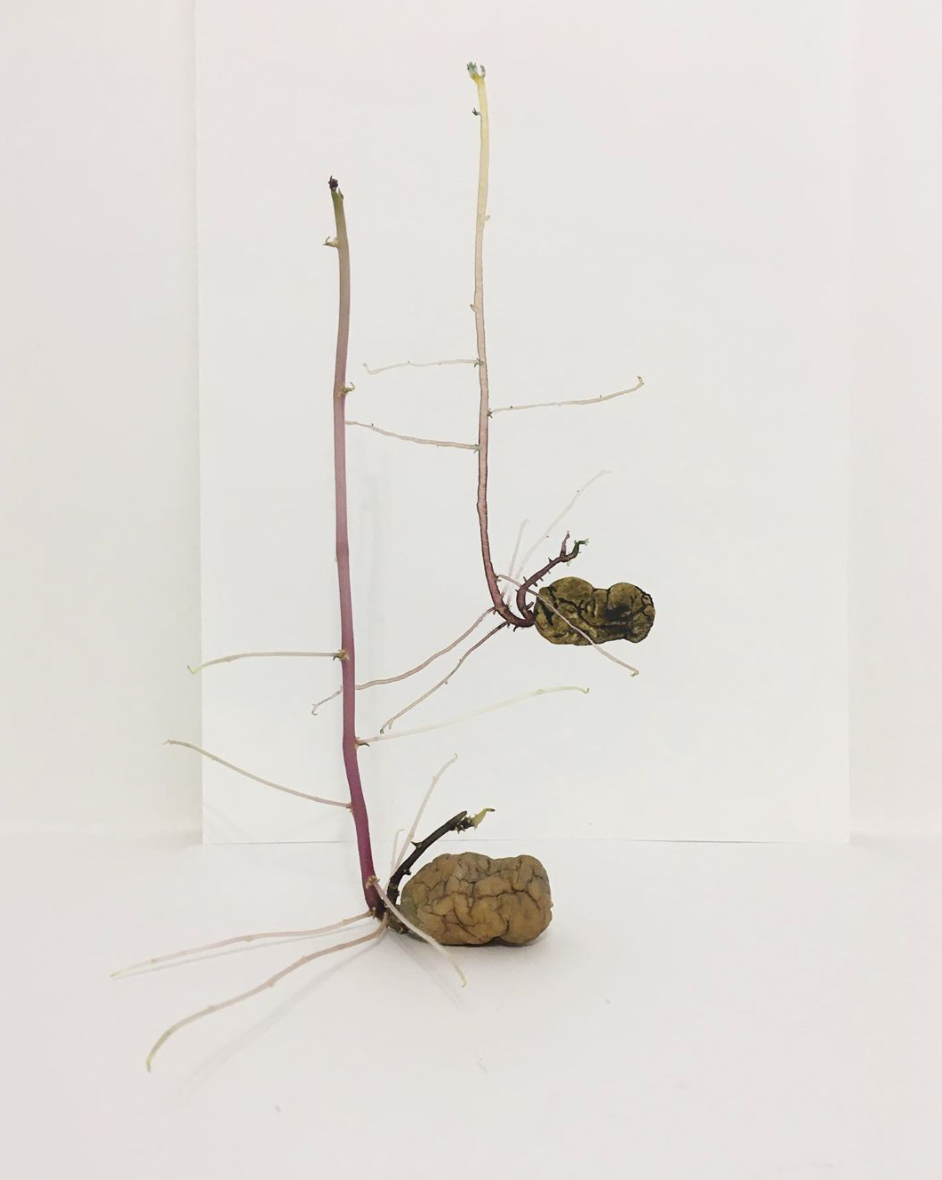
About the advantages and disadvantages of Russia for the artist
In Russia, an uncomfortable environment is not only for an artist but for any person of any profession. It is aggressive for pensioners, artists, doctors and businessmen. There is strong resistance to material and society. But at the same time, you can do things in Russia that you can’t afford in other countries. At home, I can rent any space and work there. In Germany, for example, it is much more difficult to do this – there is too strong and complex social and economic structure.
There are pros and cons everywhere. In Europe, there are more opportunities and space for the artist – almost every house has two galleries in Paris, but in my city, there are only 3 of them and everyone is chasing them. On the other hand, when I was in Switzerland, I could not understand how artists find themes for projects in such comfortable conditions. There are no “rough edges”. I need irritants and inconsistencies for my work. Since many foreign artists grow up in a different environment, the focus is set on other things, and the art is completely different. It might be difficult for me to change my mind.
About the news agenda in Russia
Every time I open the news, it seems to me that this is the limit of senility. A little later, I open it again, and I realize – no, it can go even further. The current absurdity sometimes makes you speechless.
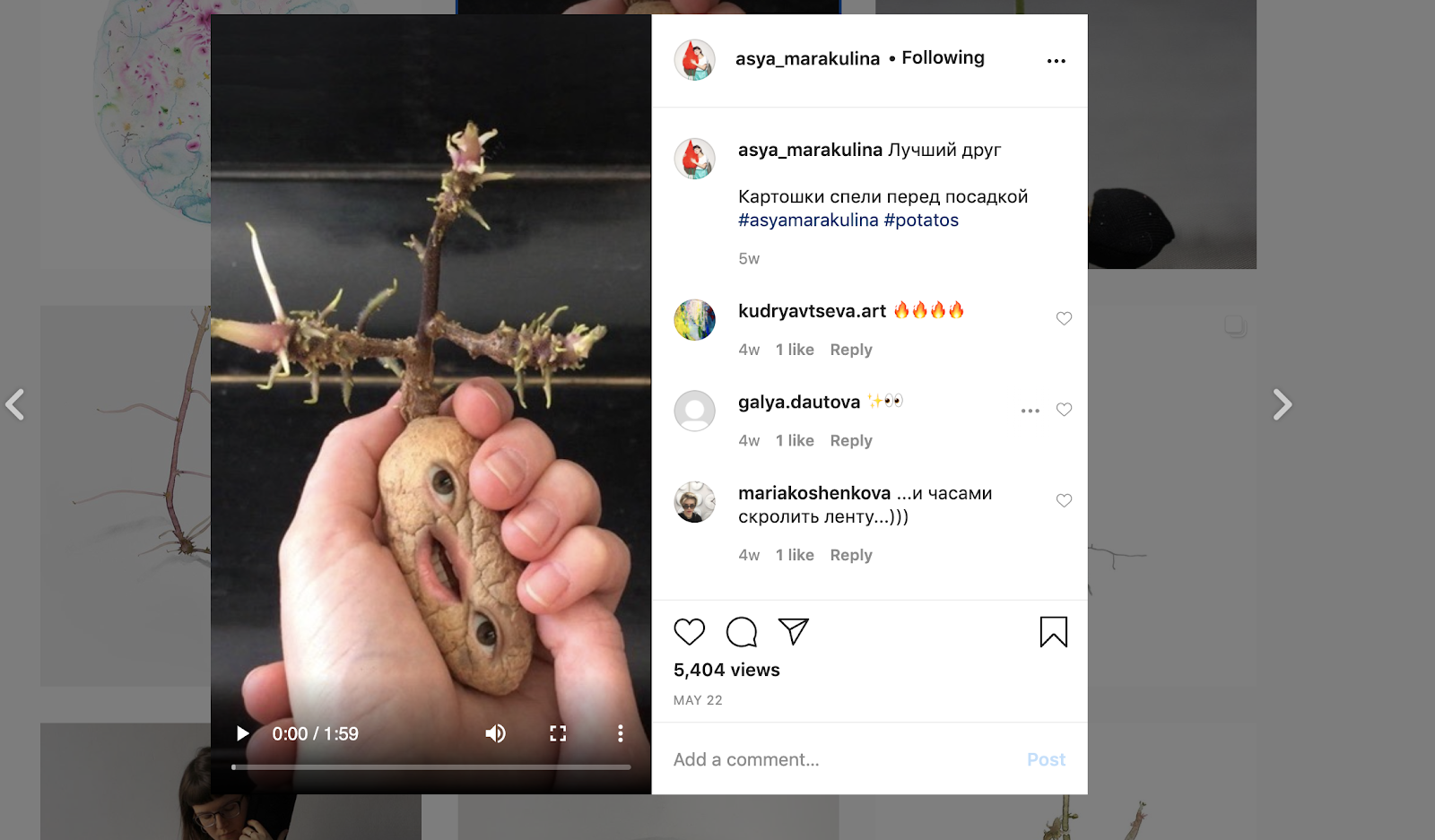
How the government helps artists
I have a feeling that the projects that are sponsored and supported by government structures are most often of an ideological and patriotic nature. In Russia, everything is not so smooth with modern visual culture. It seems to me that civil servants do not have an as well developed taste as we would like – there is no sensitivity to different forms and meanings. It is difficult for an artist to be seen and heard. I limit myself from such cooperation.
In Russia, the attitude to culture has been built up as something marginal. There is a constant cultural barrier between the artist and the rest of society. At the same time, there is a lot of material for criticism – unfairness that can be reflected.

About politicization of art
I don’t work with politics in my art, but it’s not an intentional choice. My strength lies elsewhere. We must remember that an artist is not only a citizen of his country. He lives, feels, and is tormented by existential questions. We cannot avoid themes of love, death, and emotions. The surrounding agenda only penetrates the mood and sometimes is expressed in increased anxiety. It is natural for me to find more universal images in this aggressive environment.
All of the images were taken from Asya’s Instagram profile.

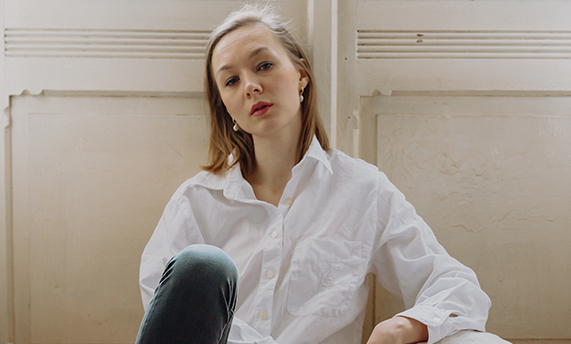
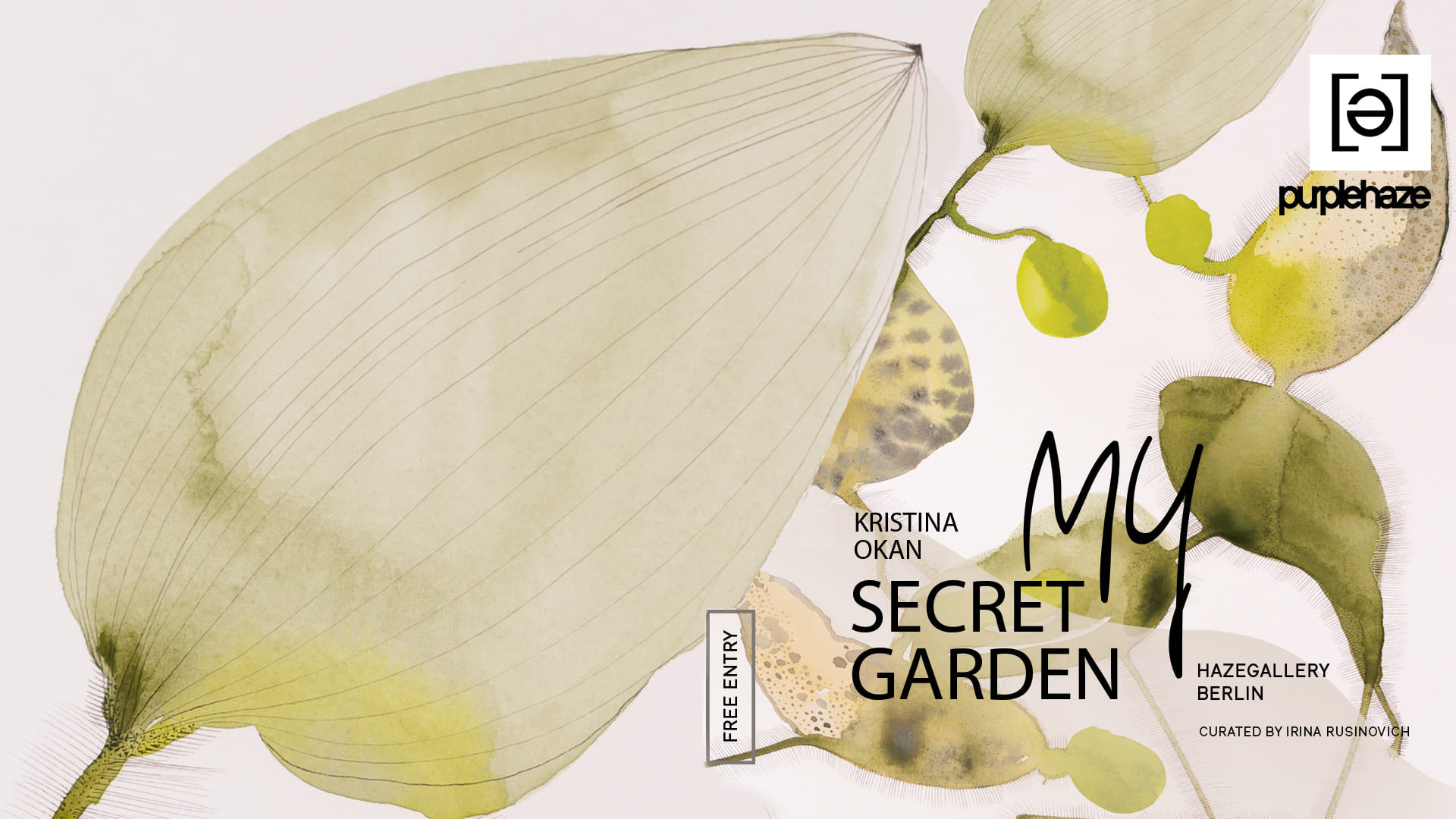
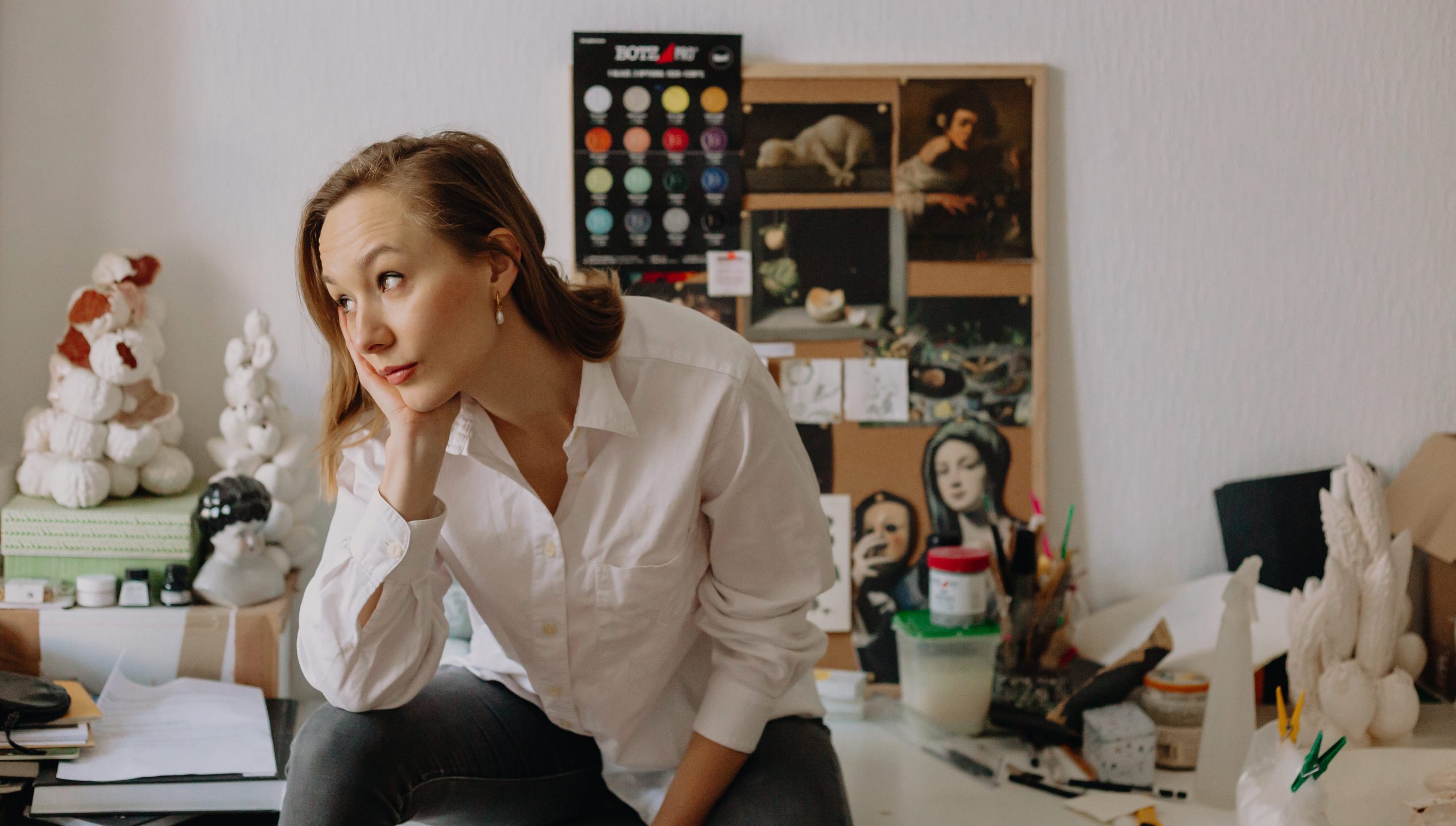
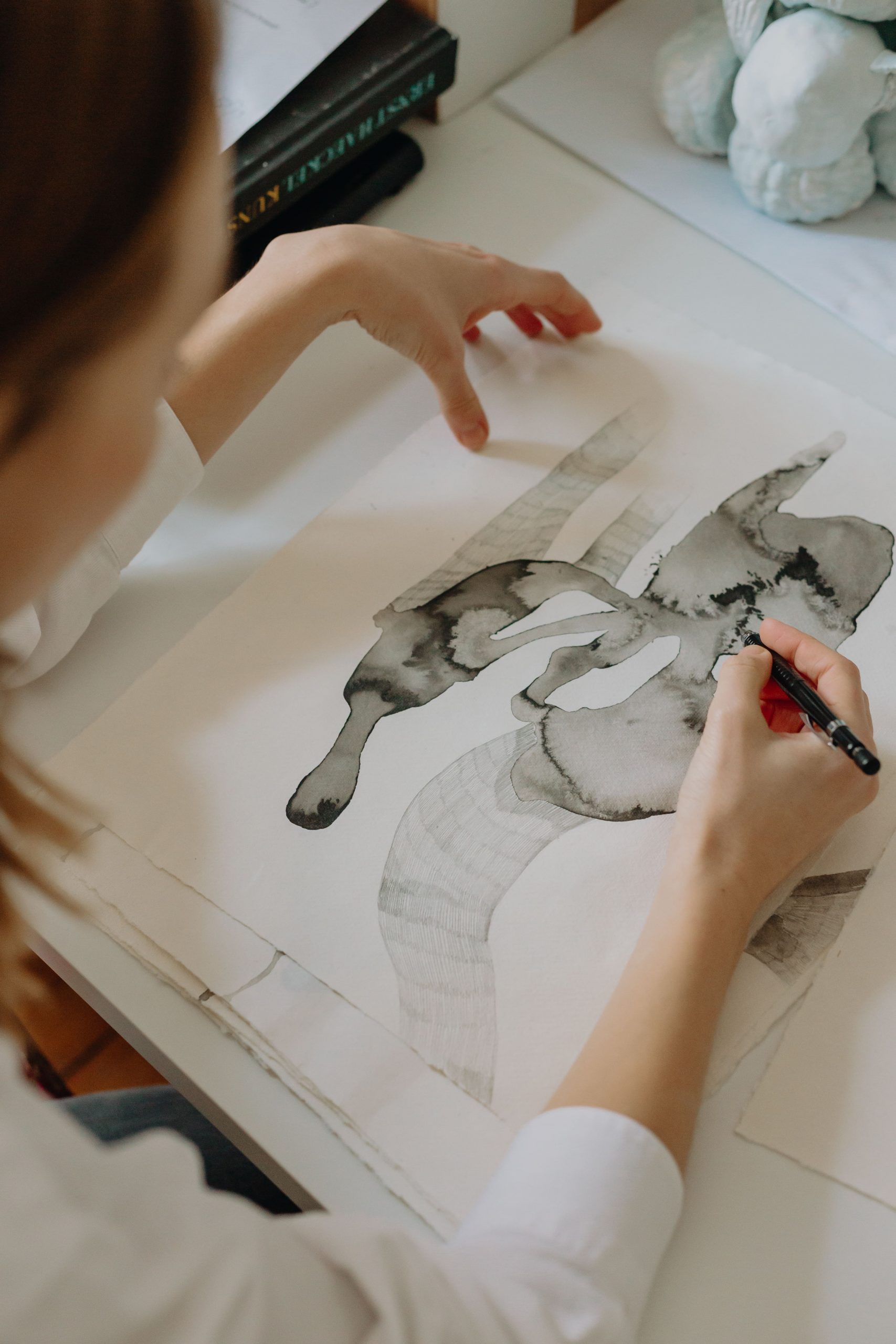
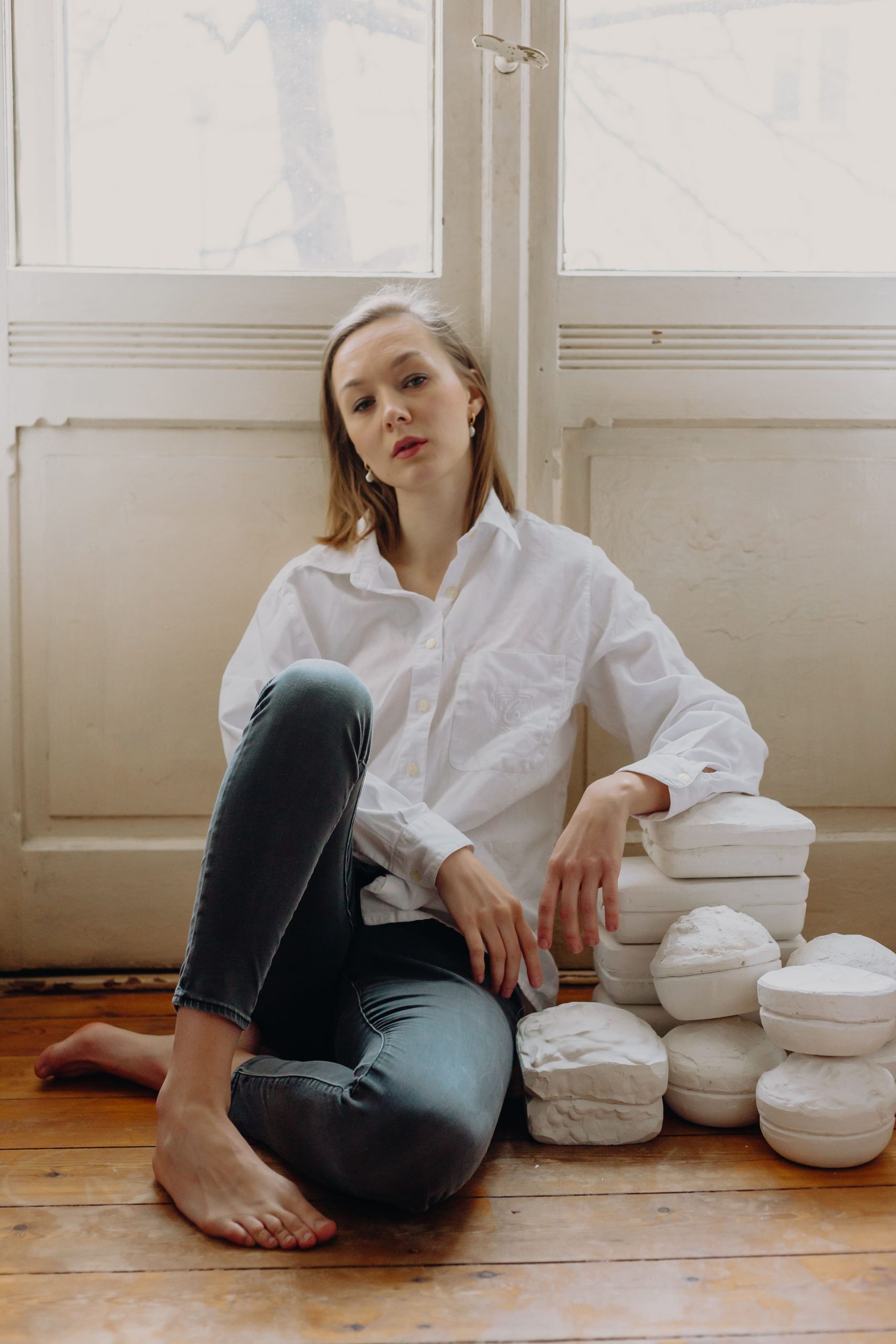
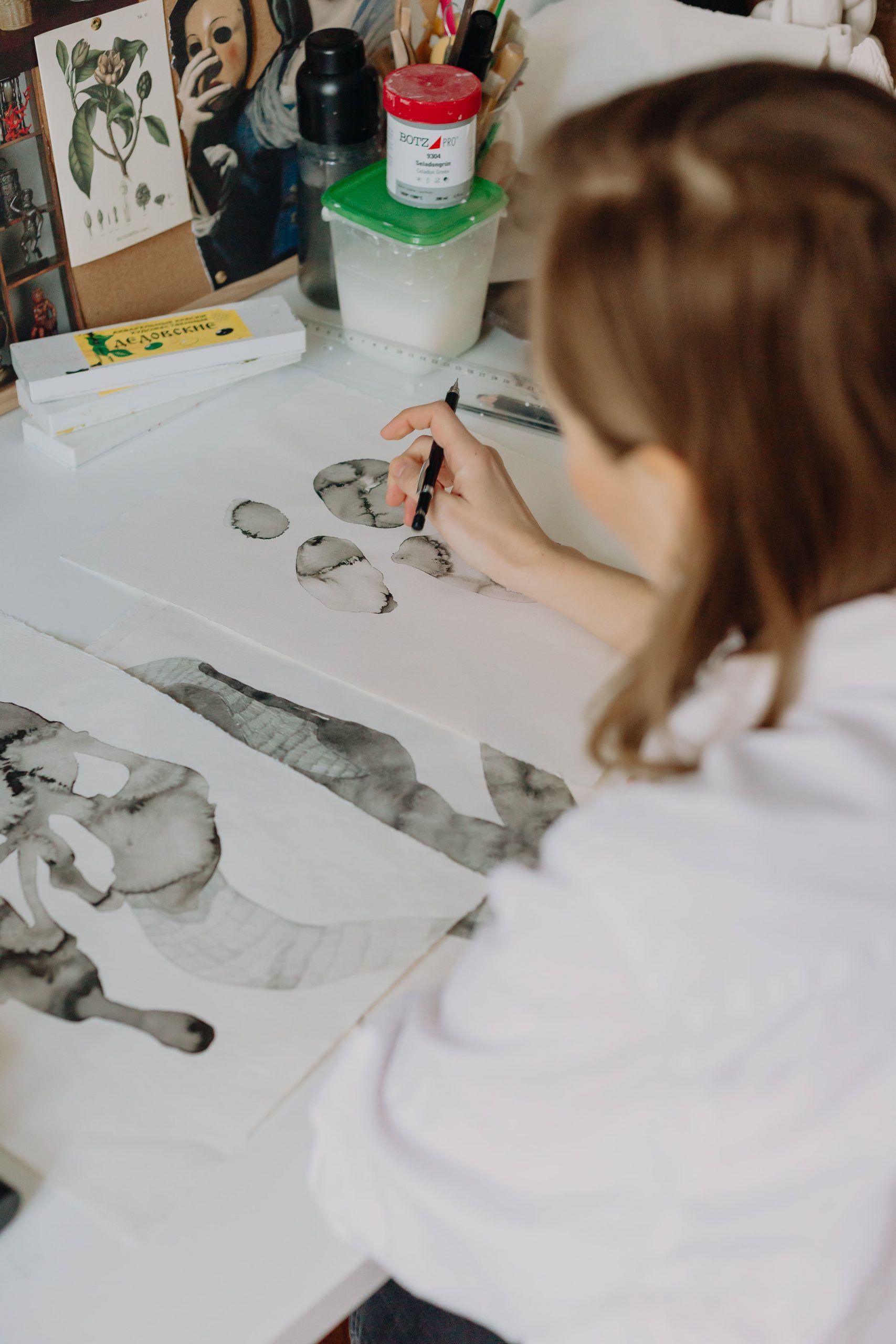
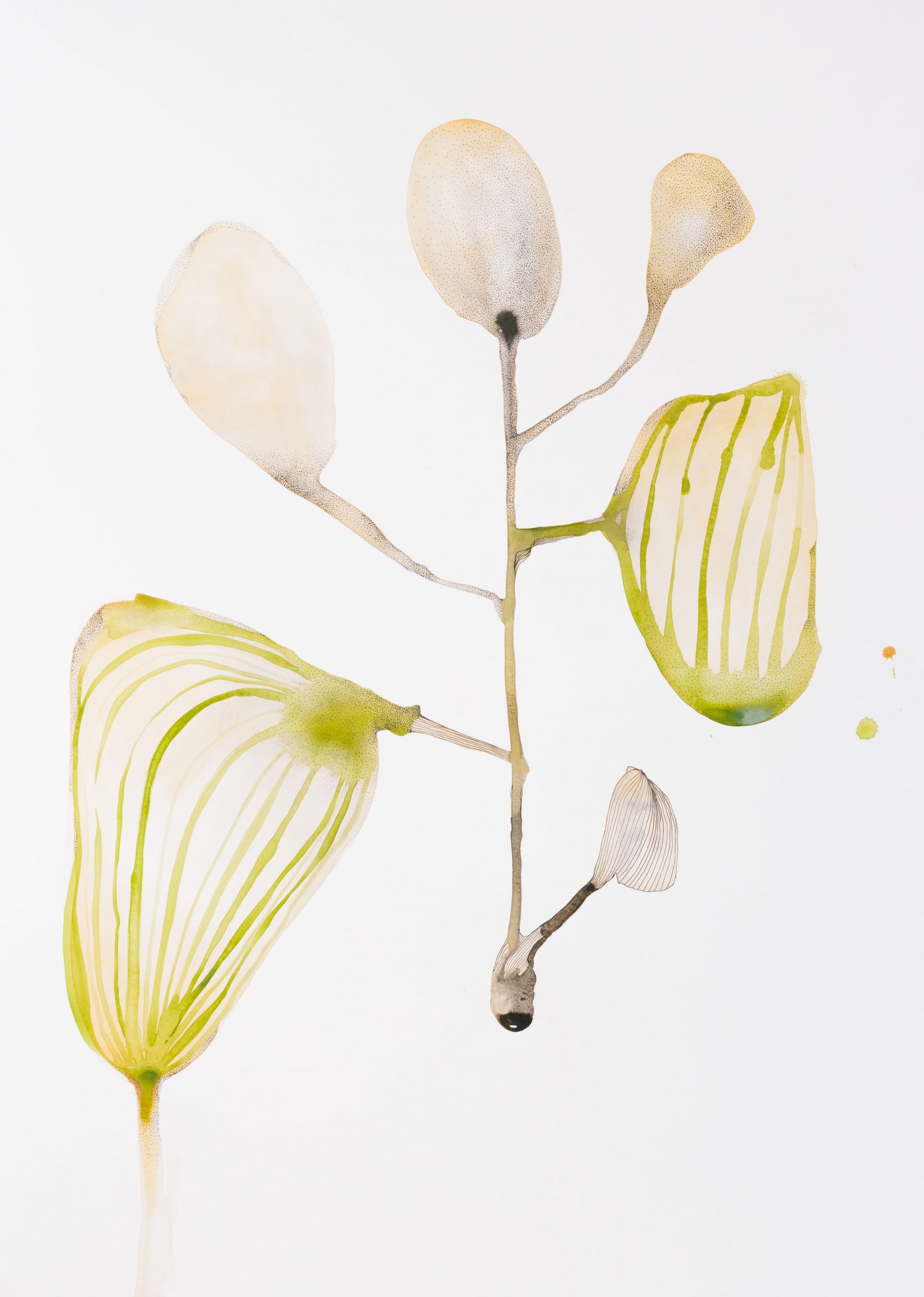
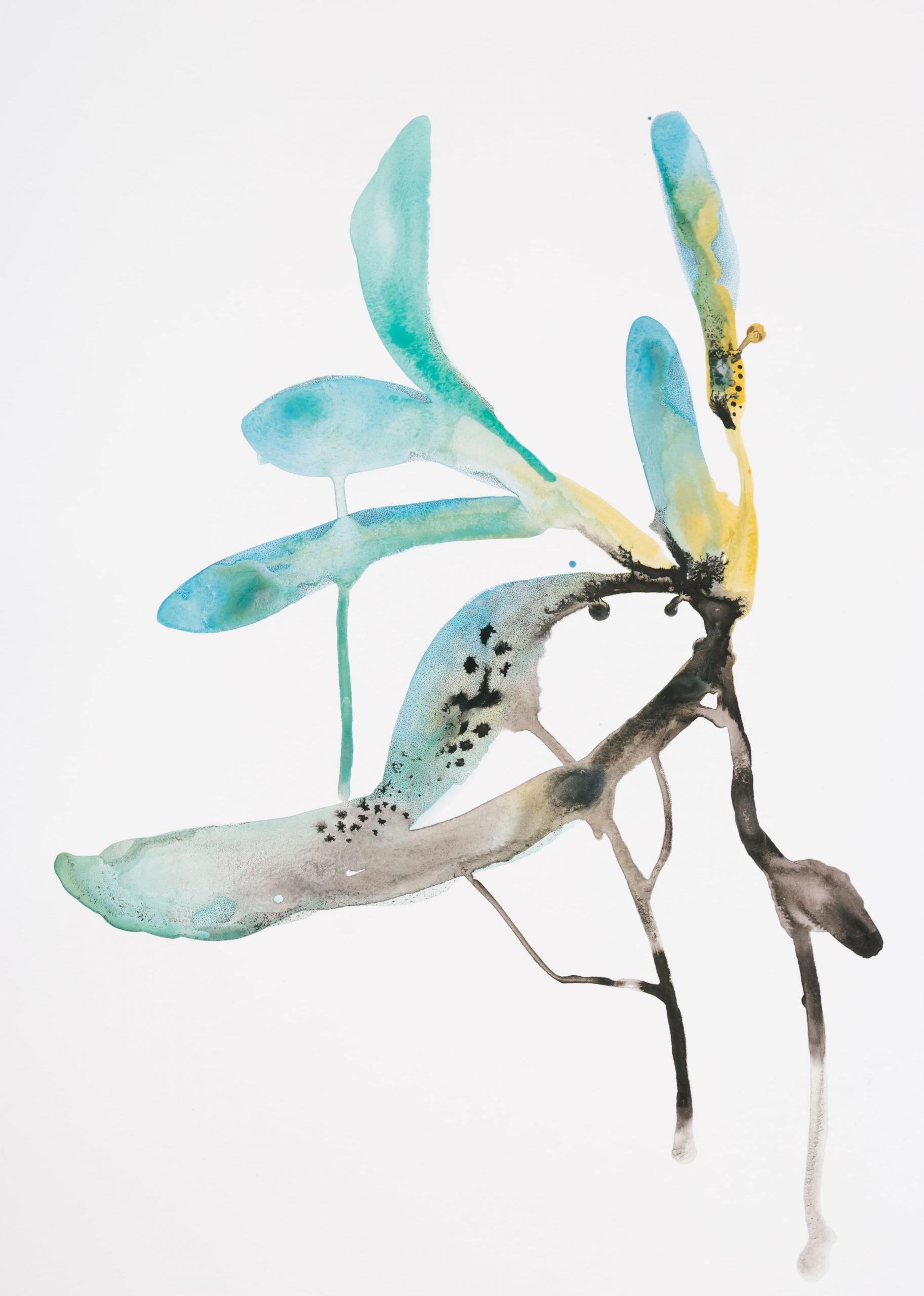
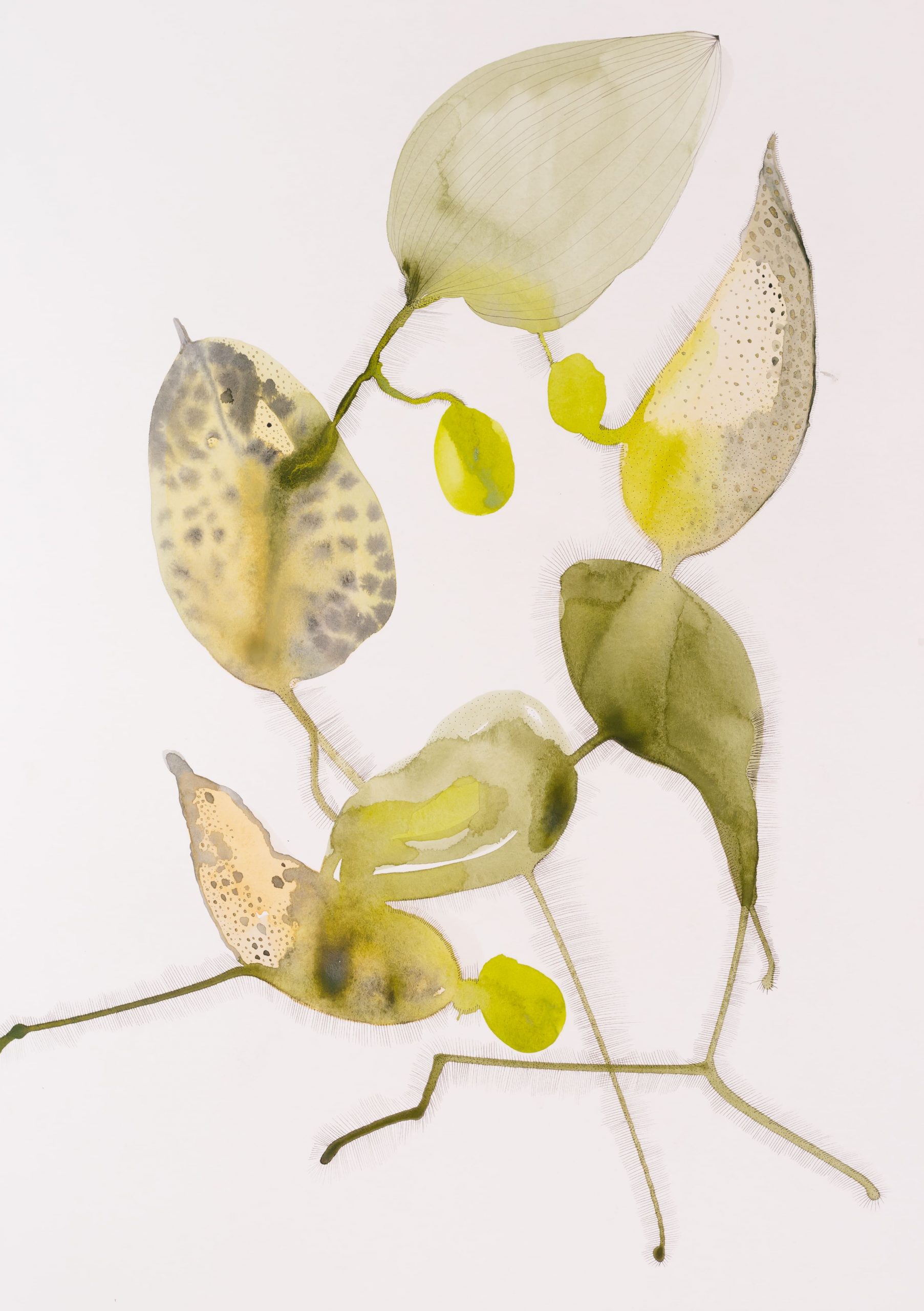
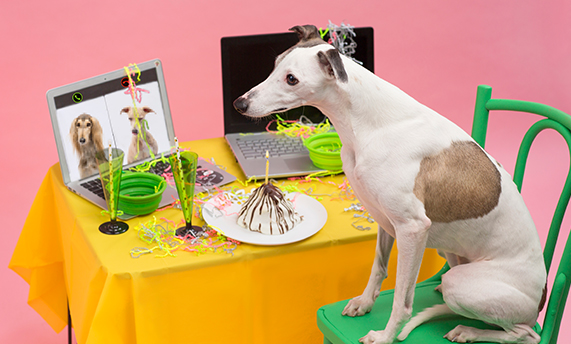
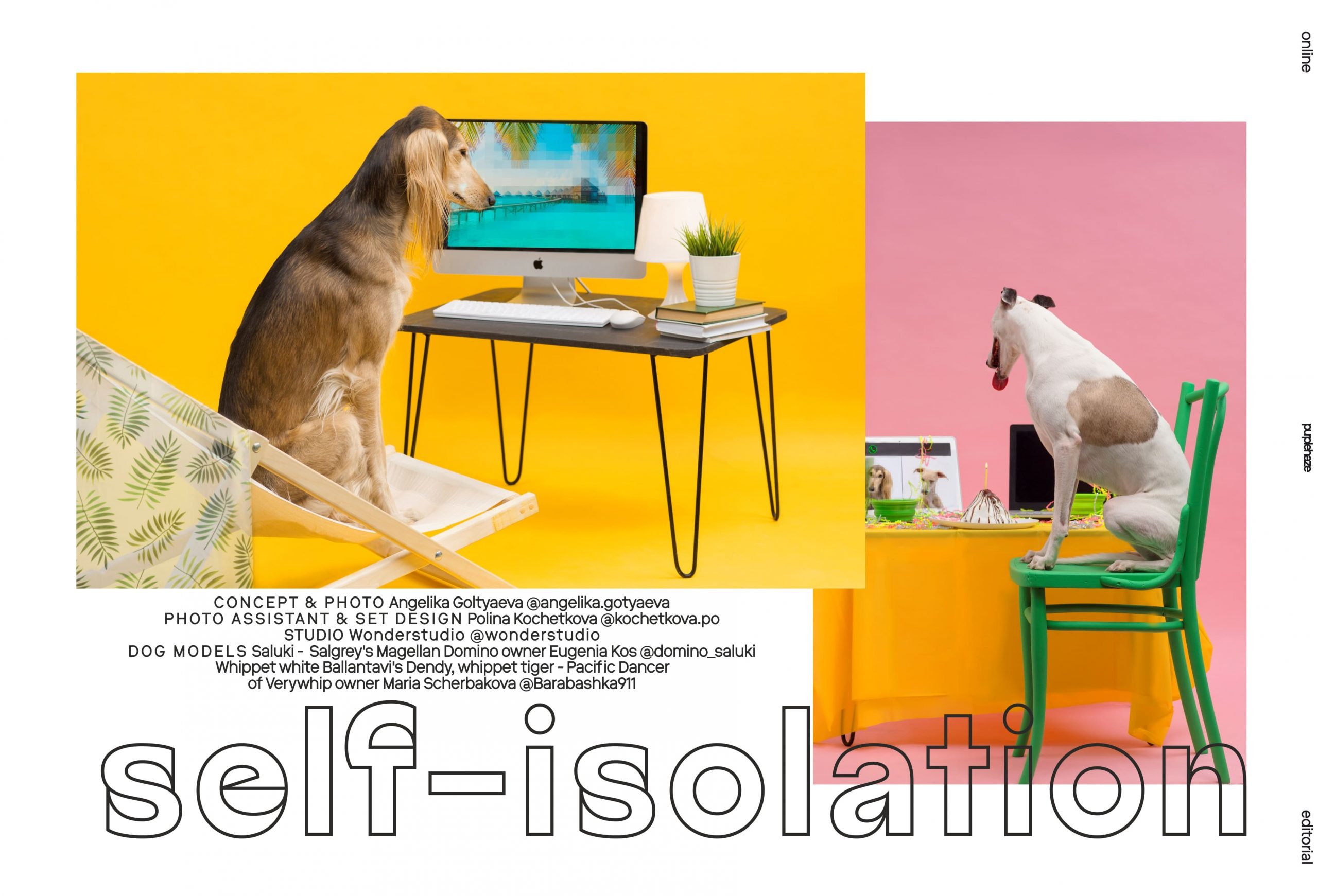

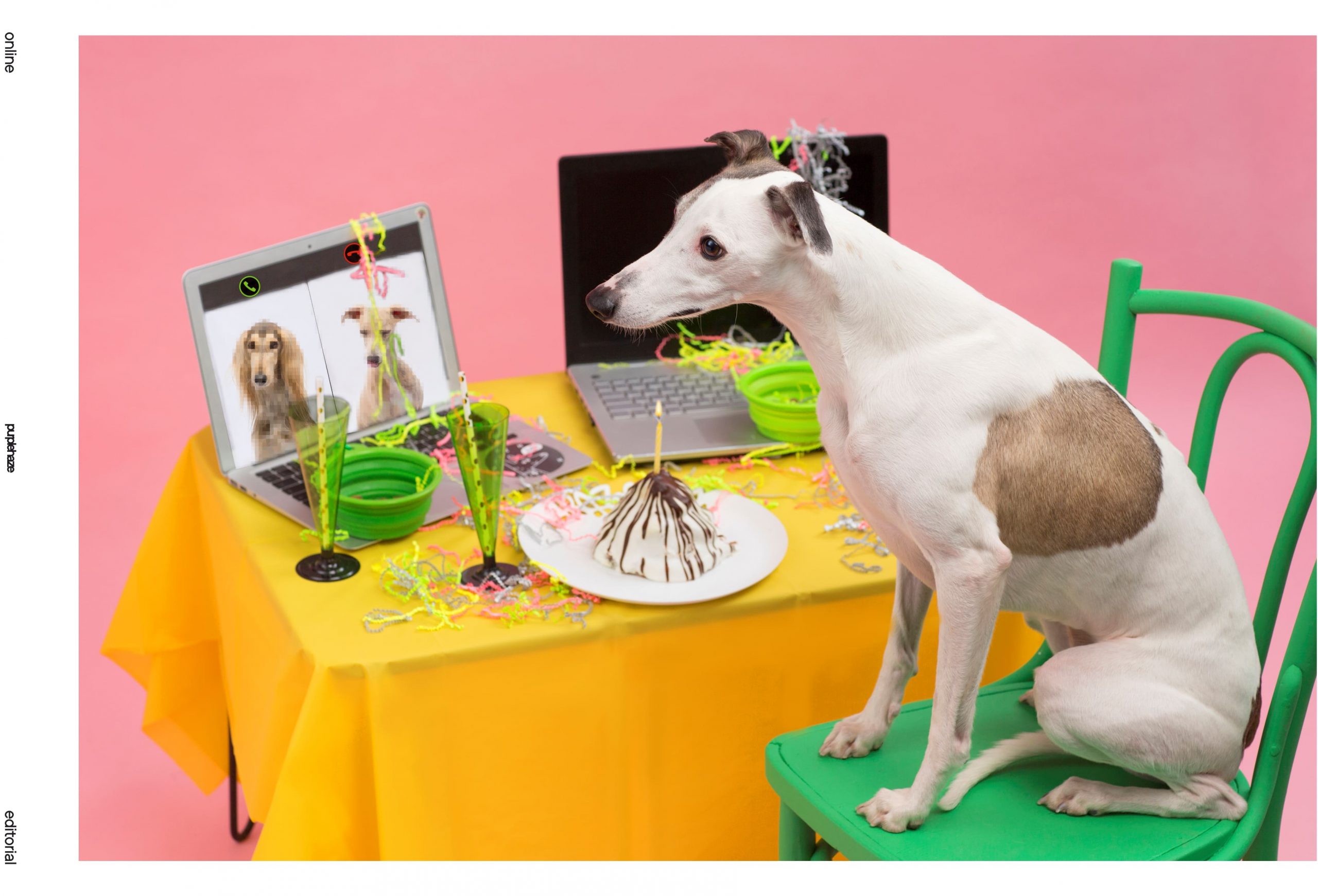
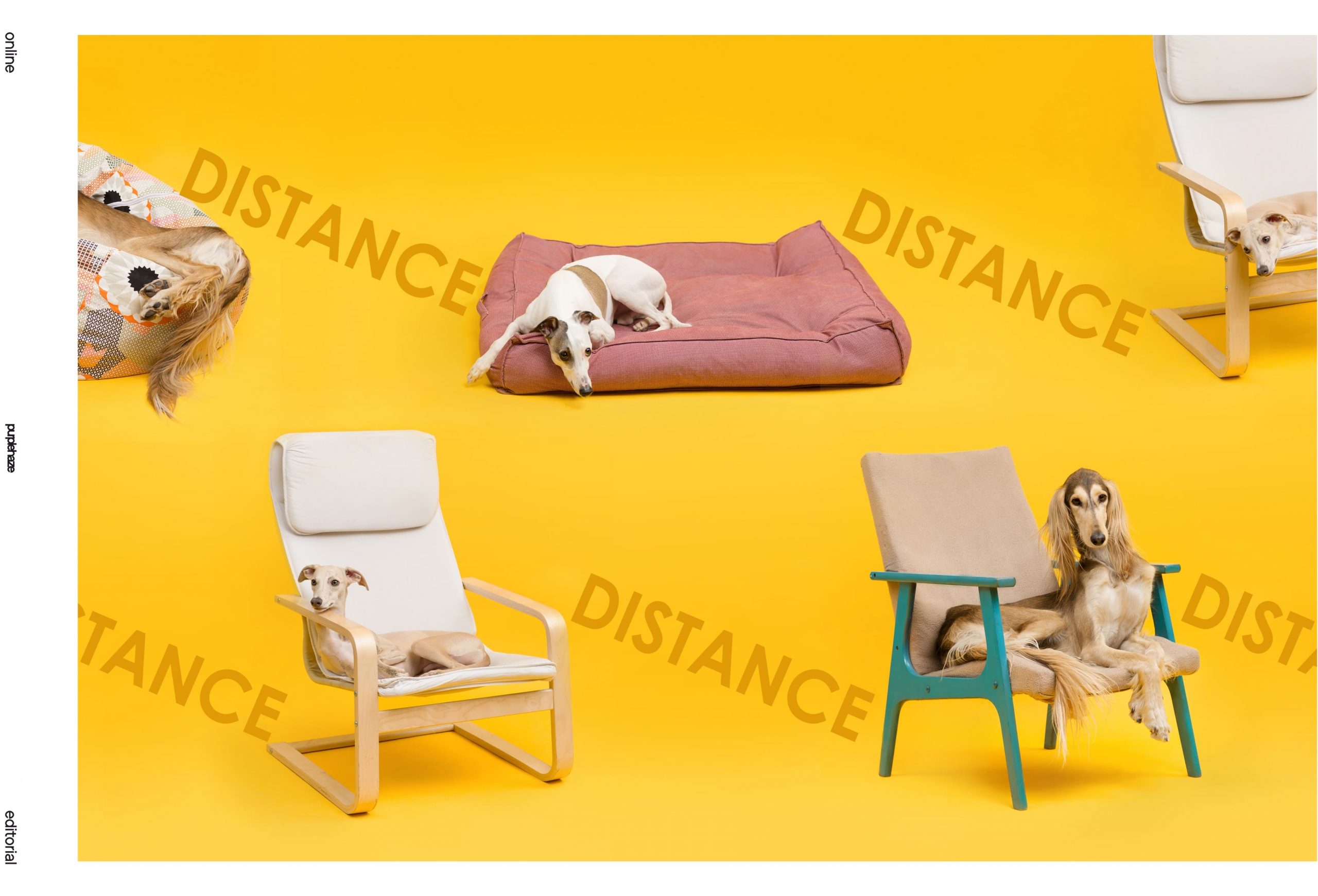

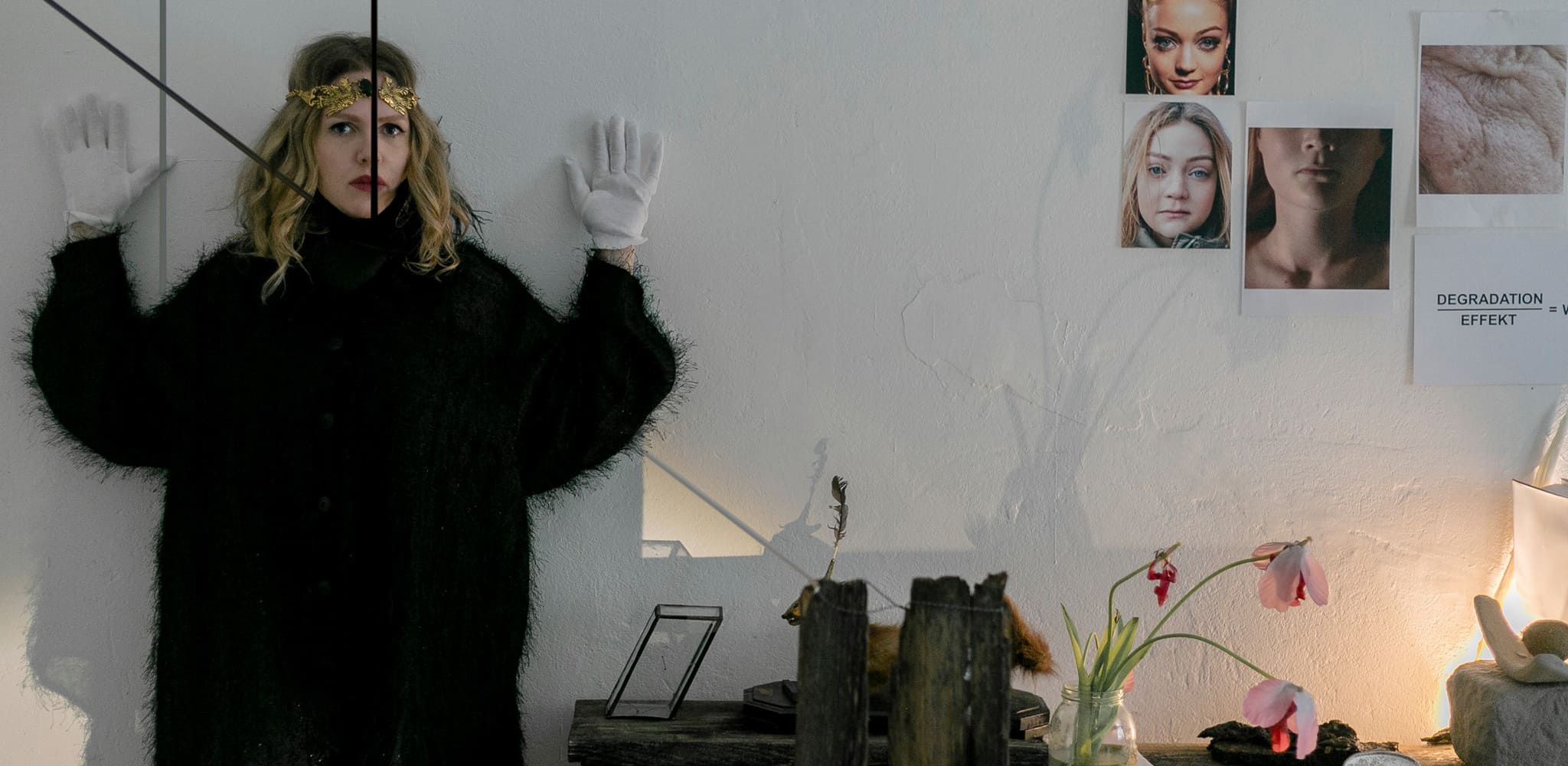
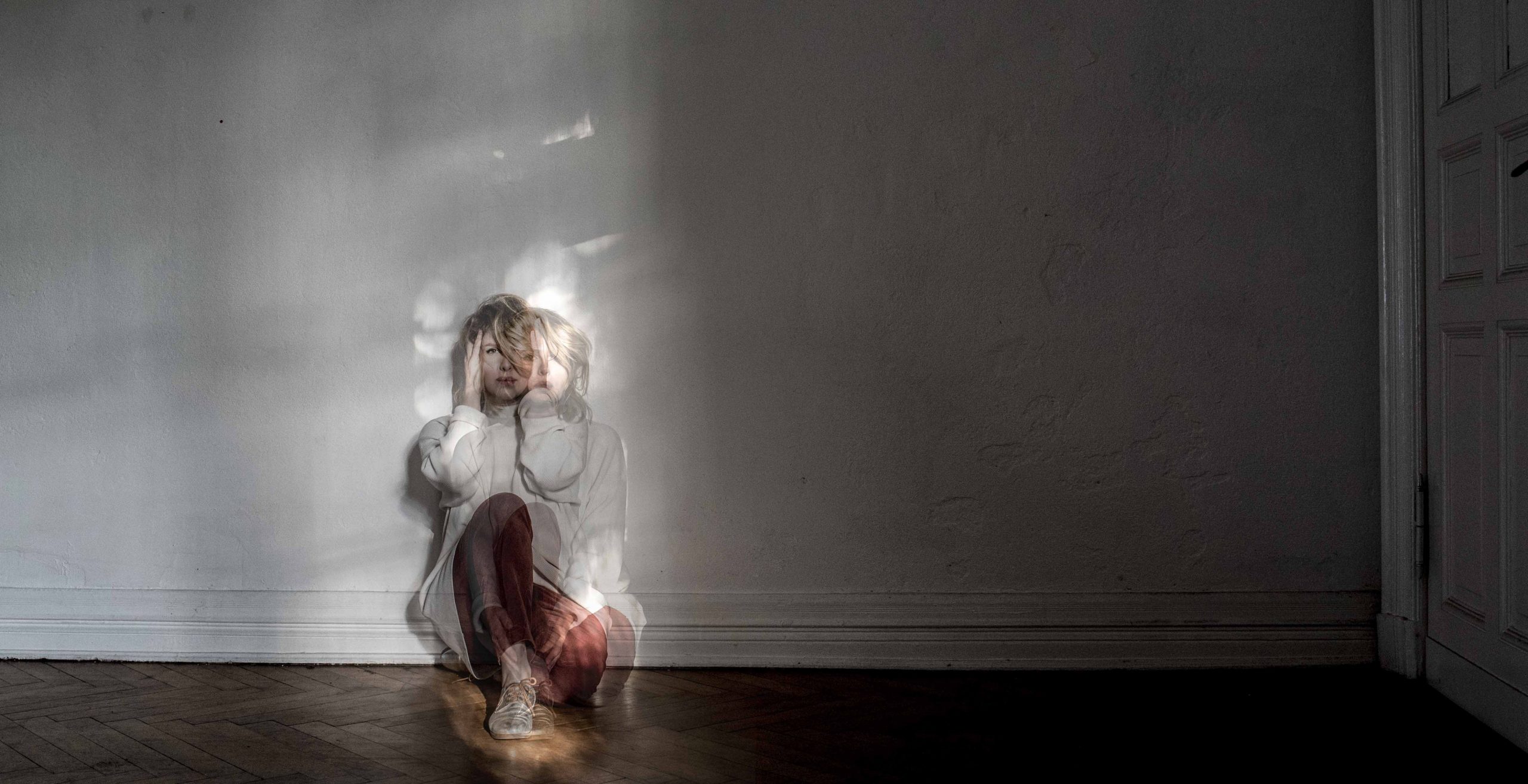
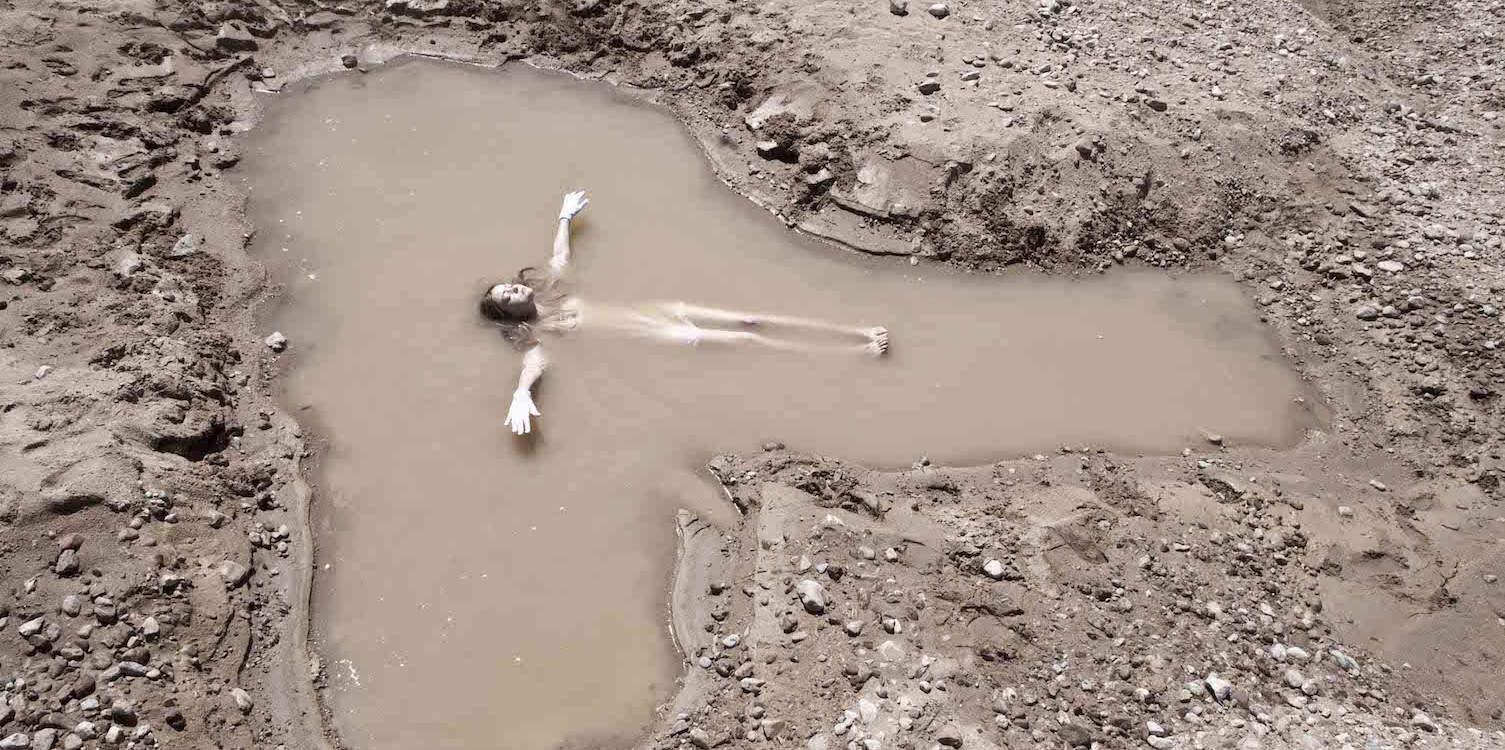
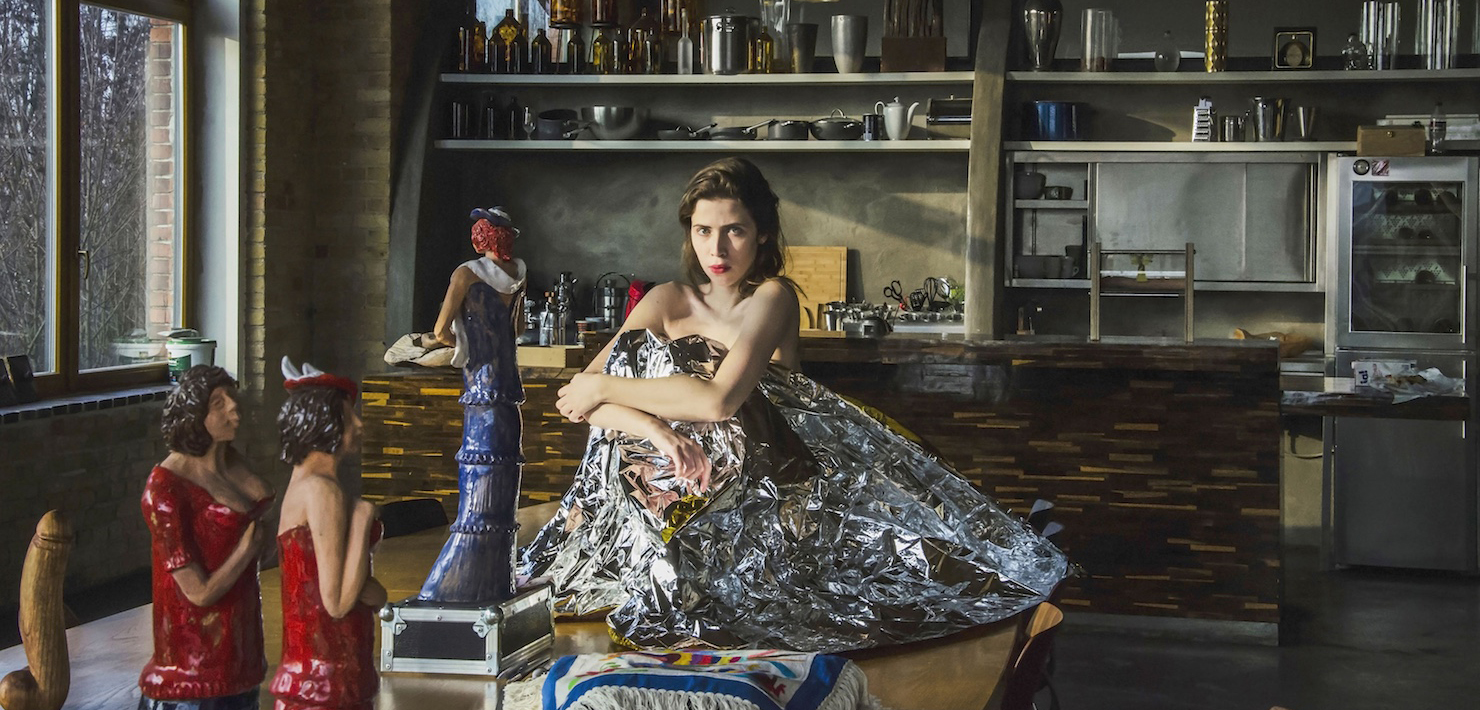

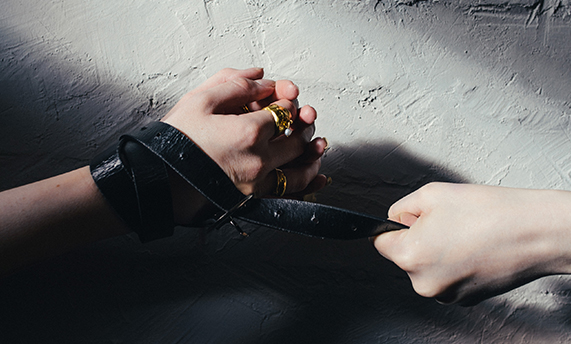

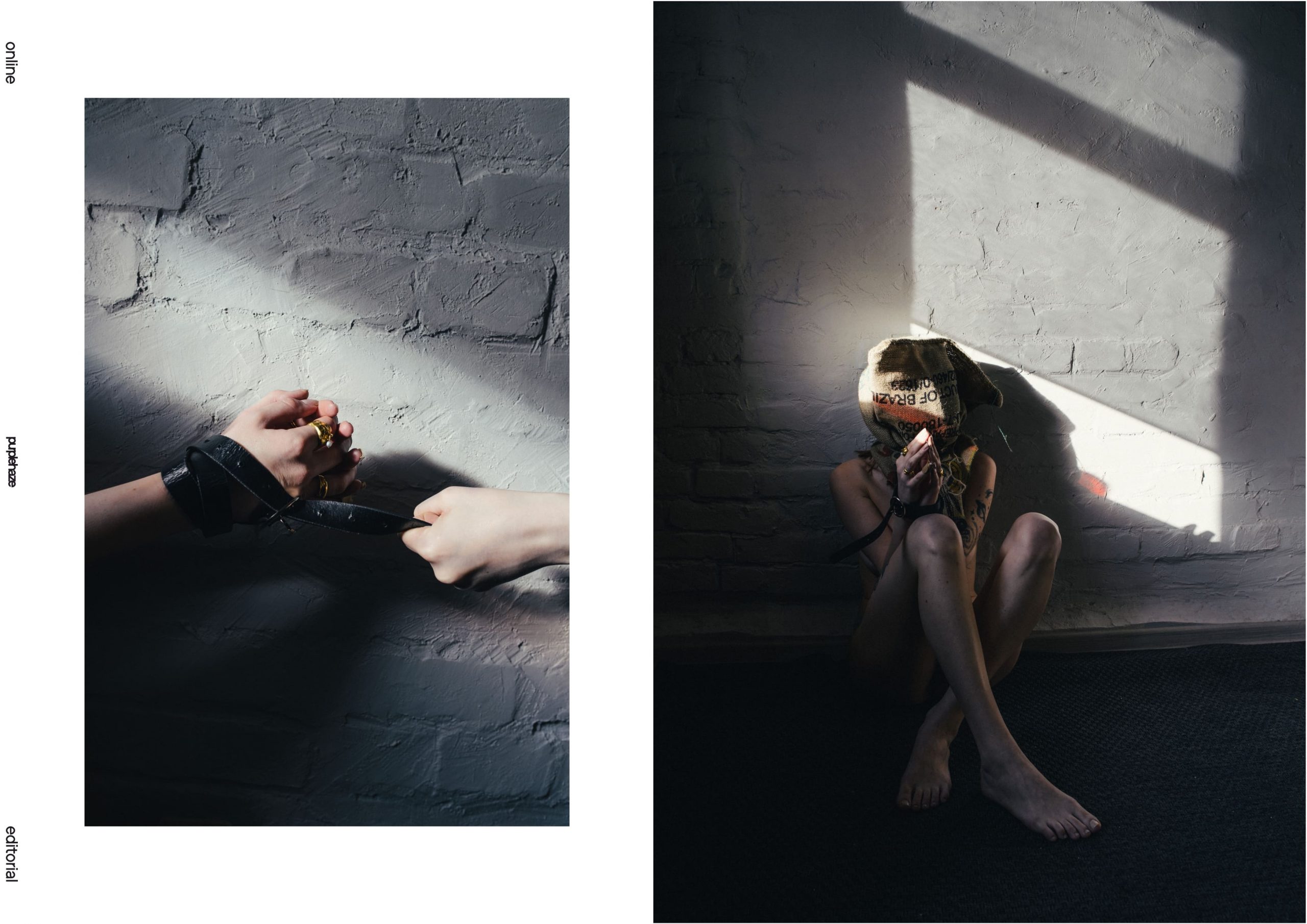
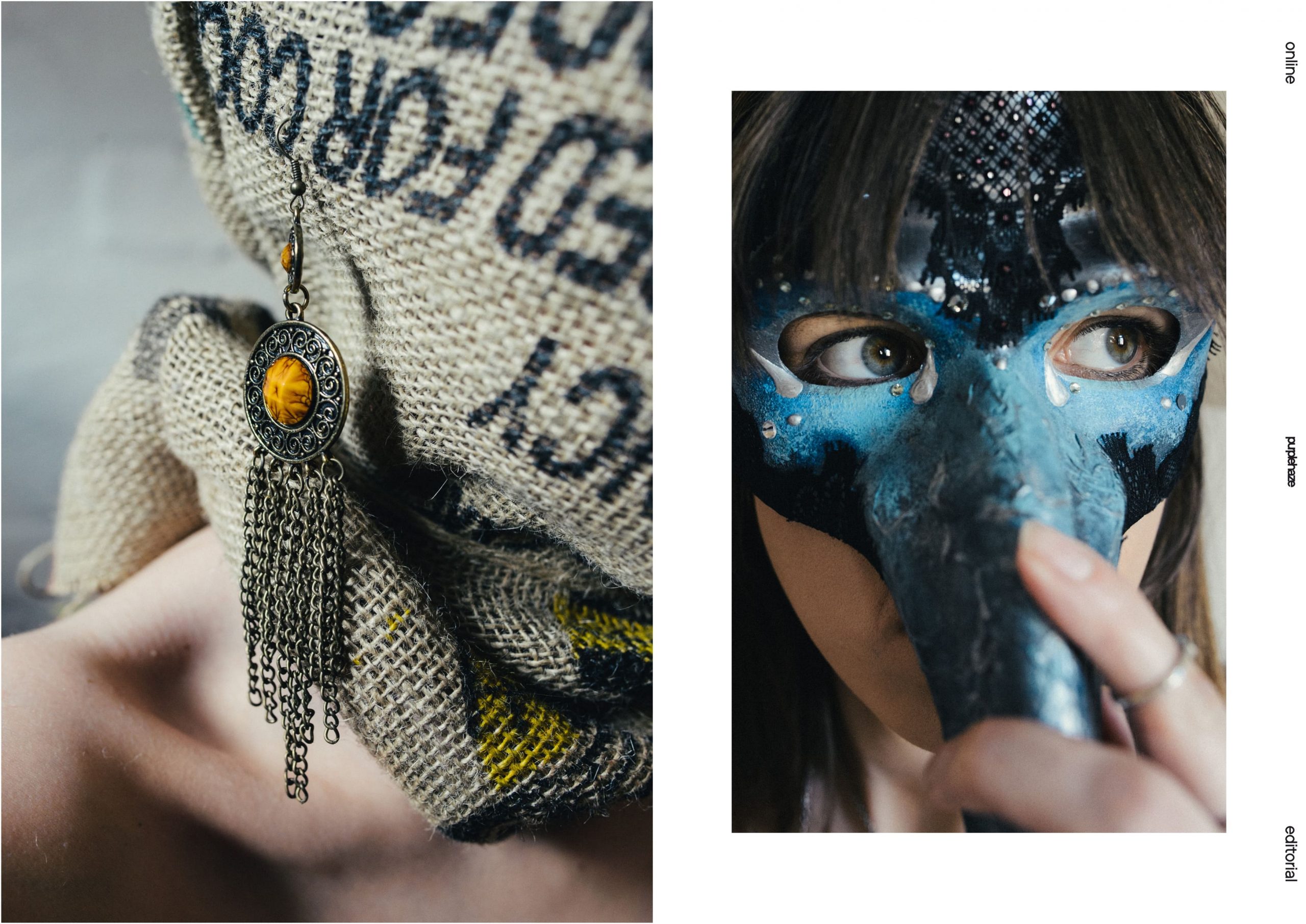
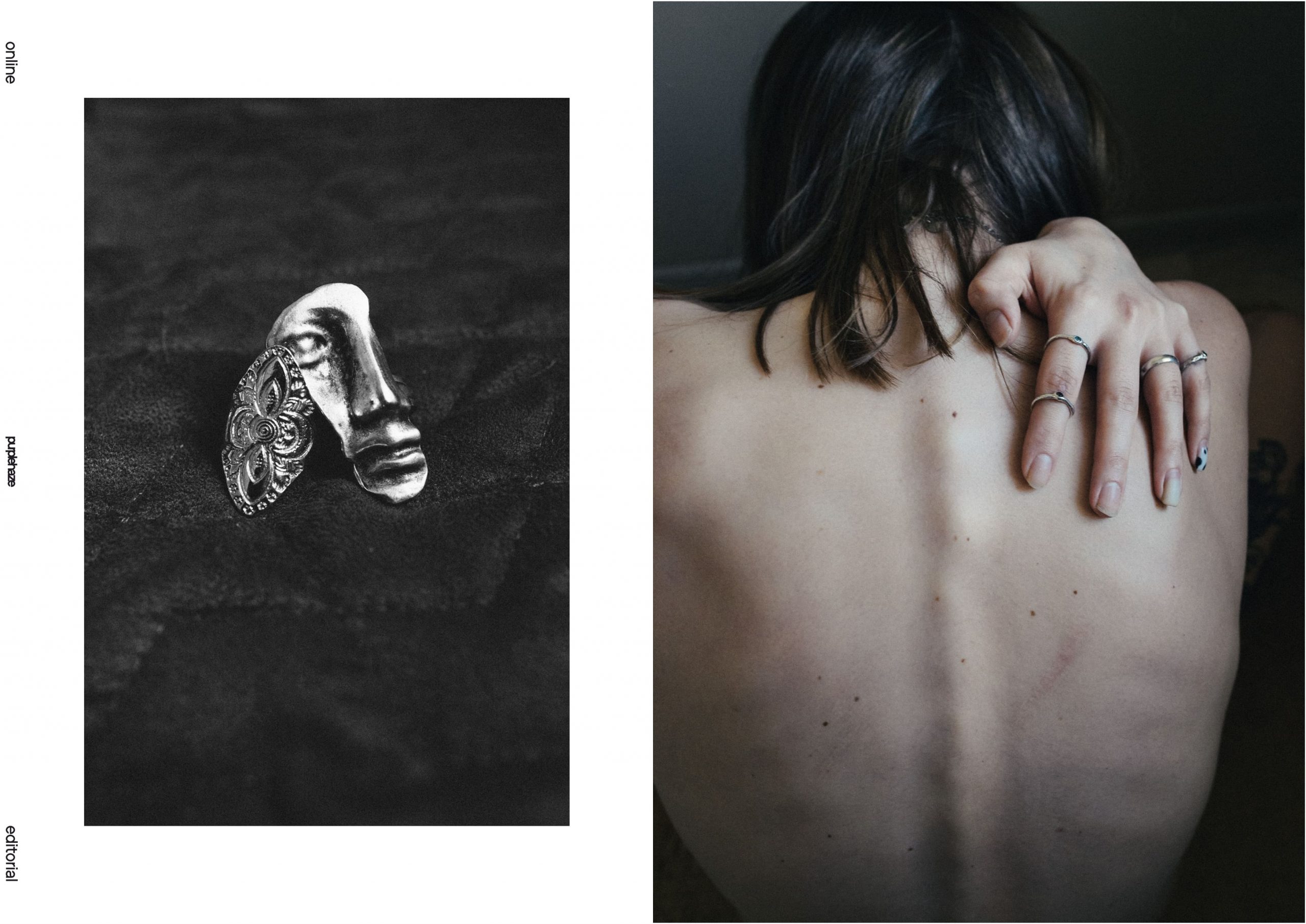
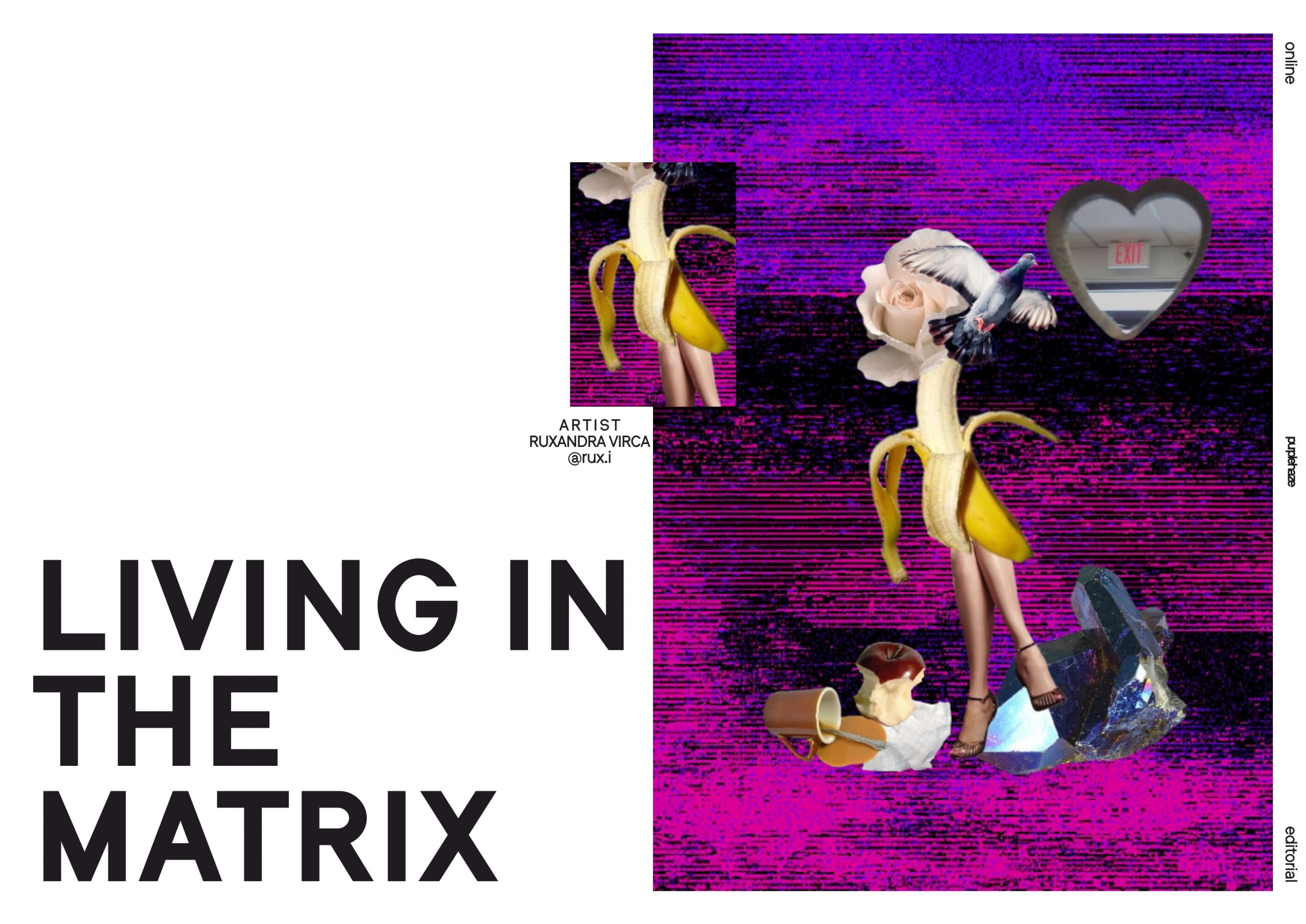
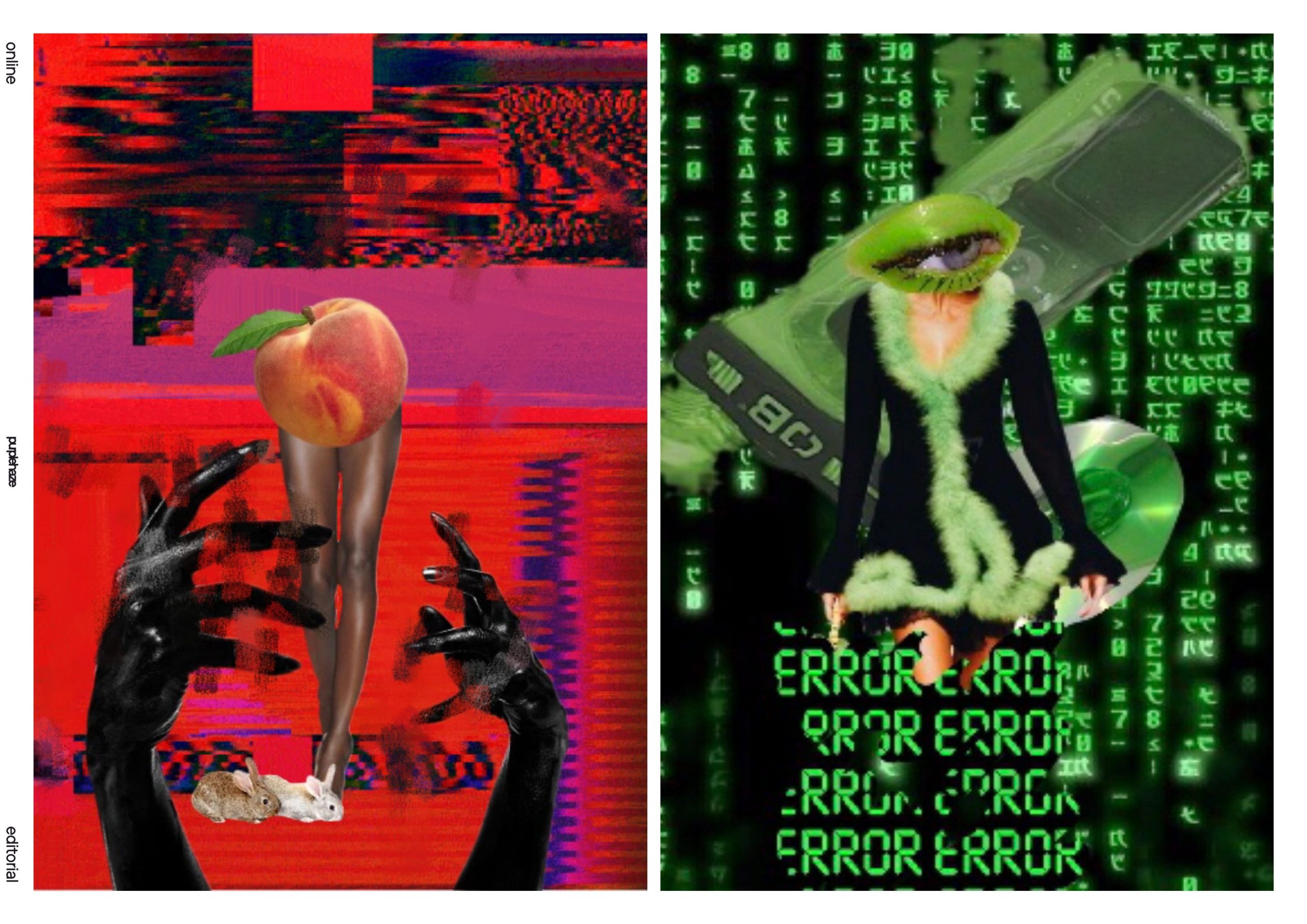
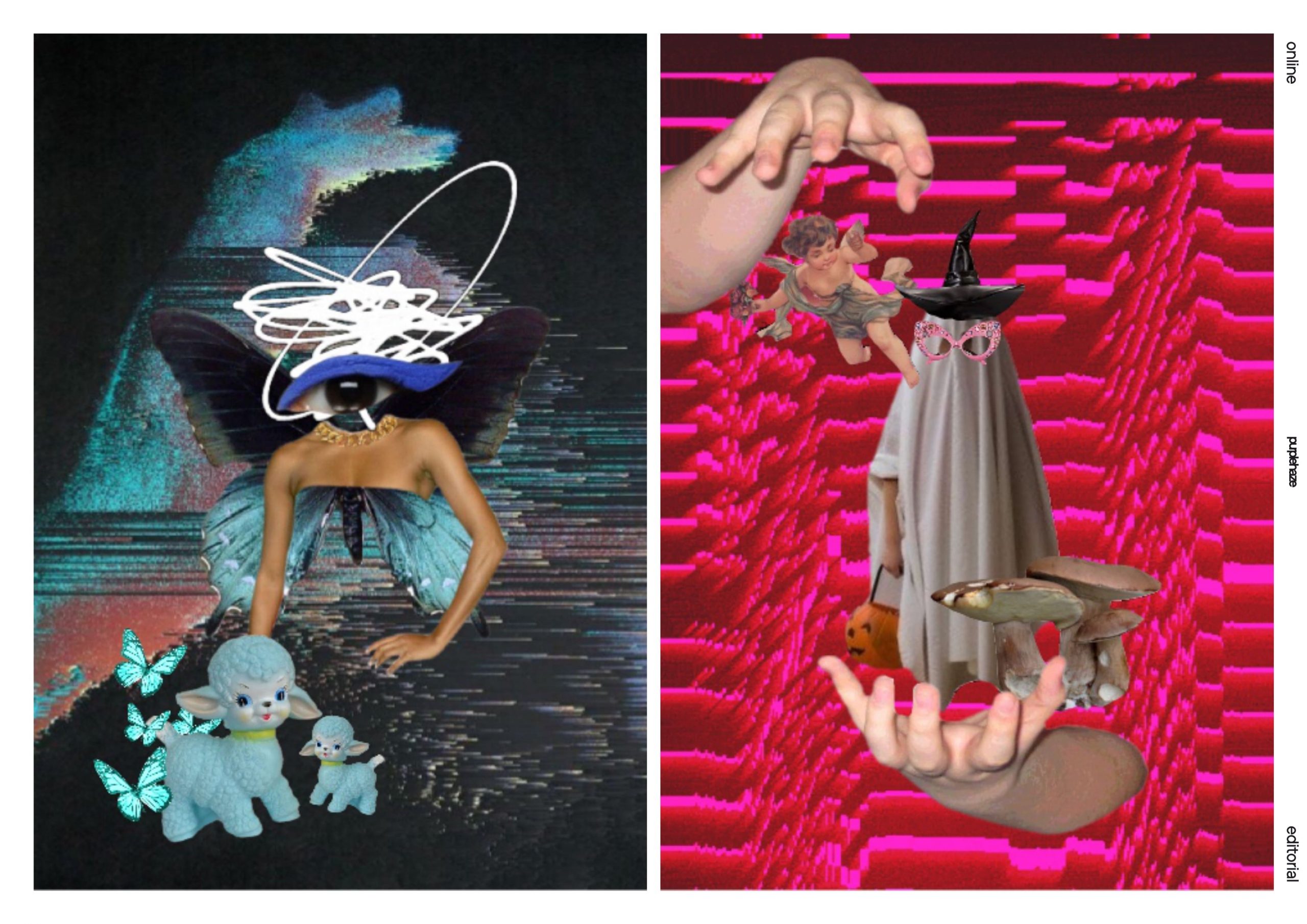
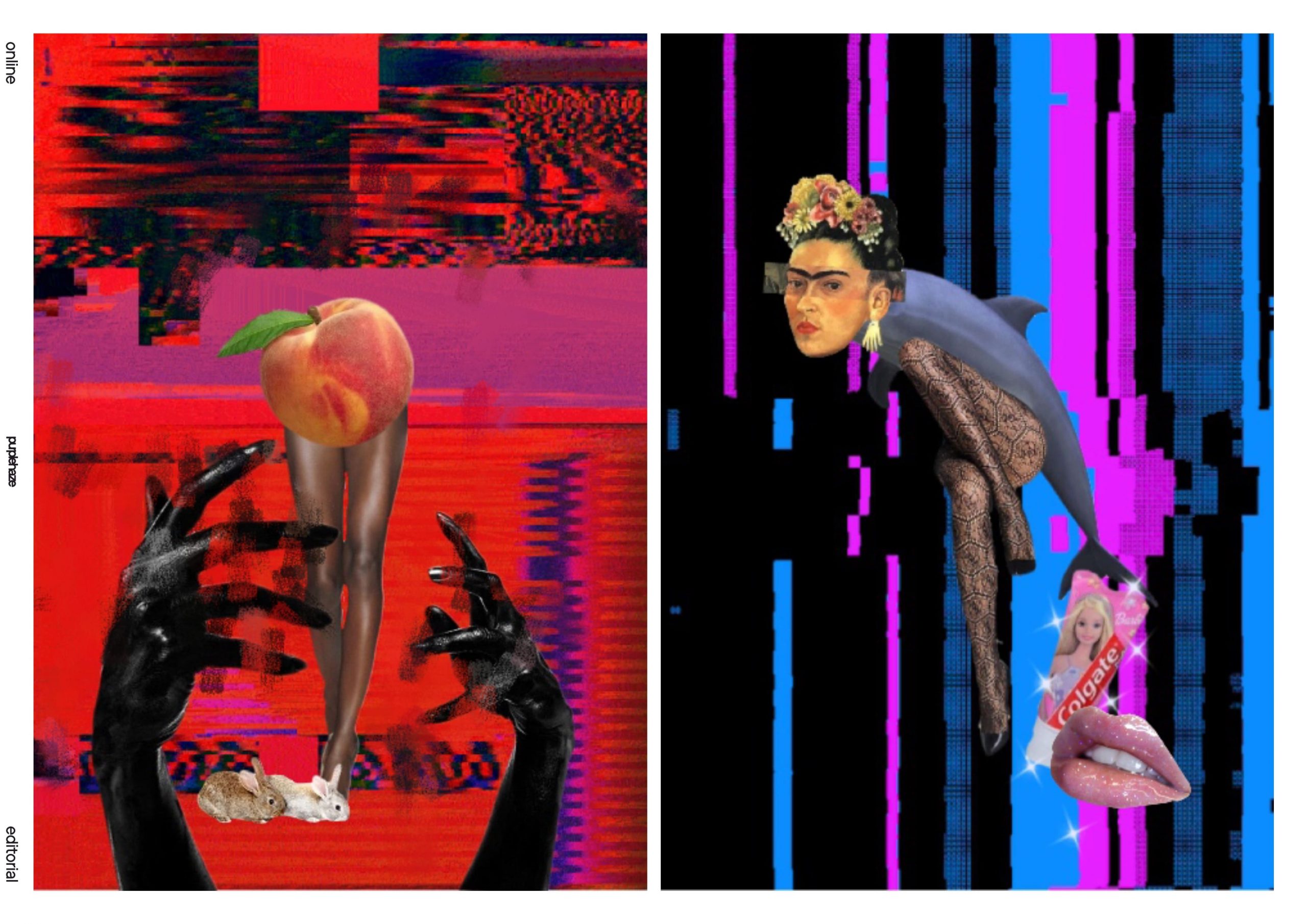
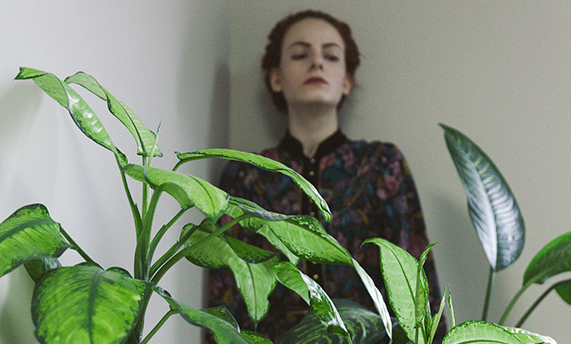
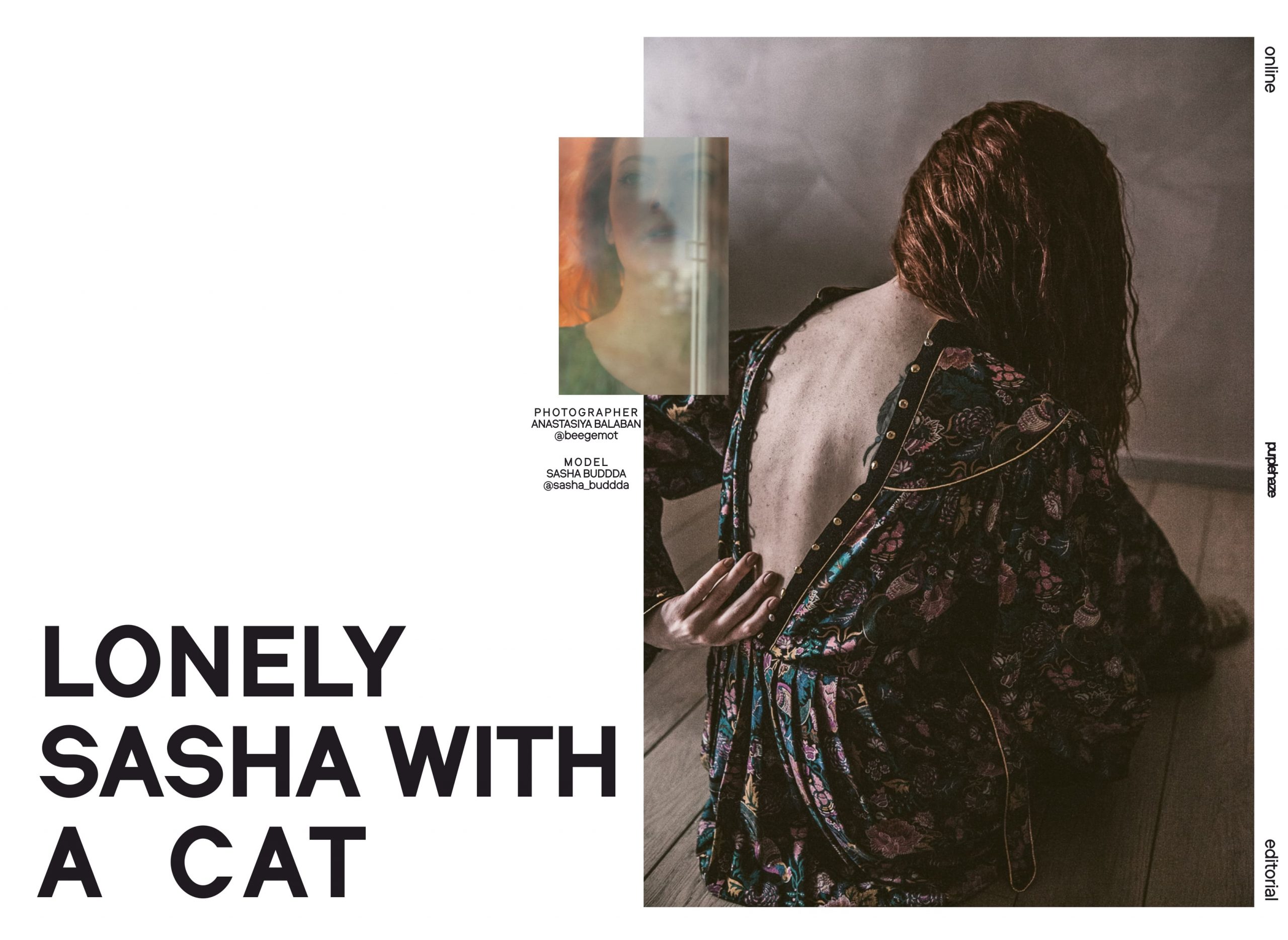
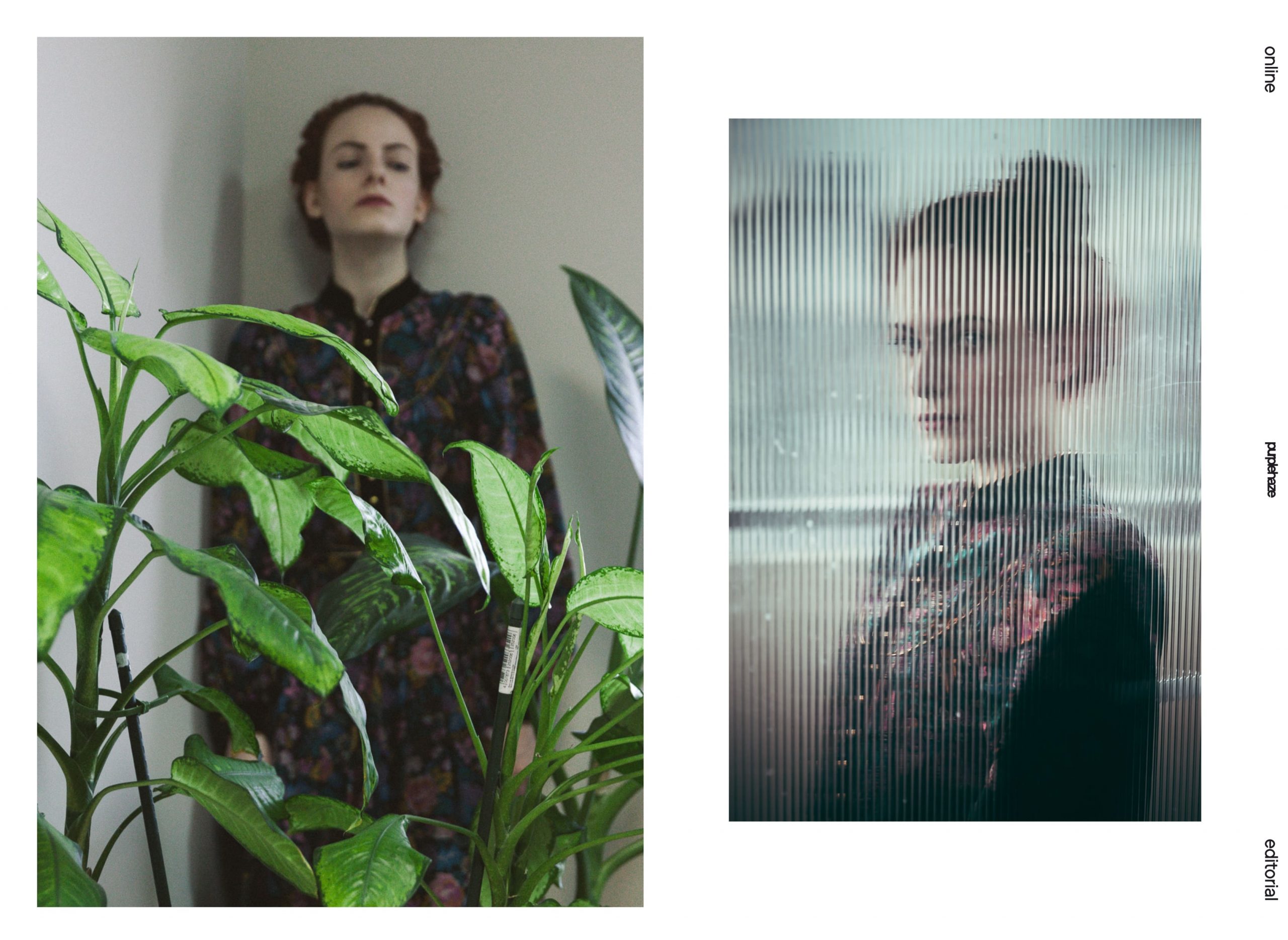
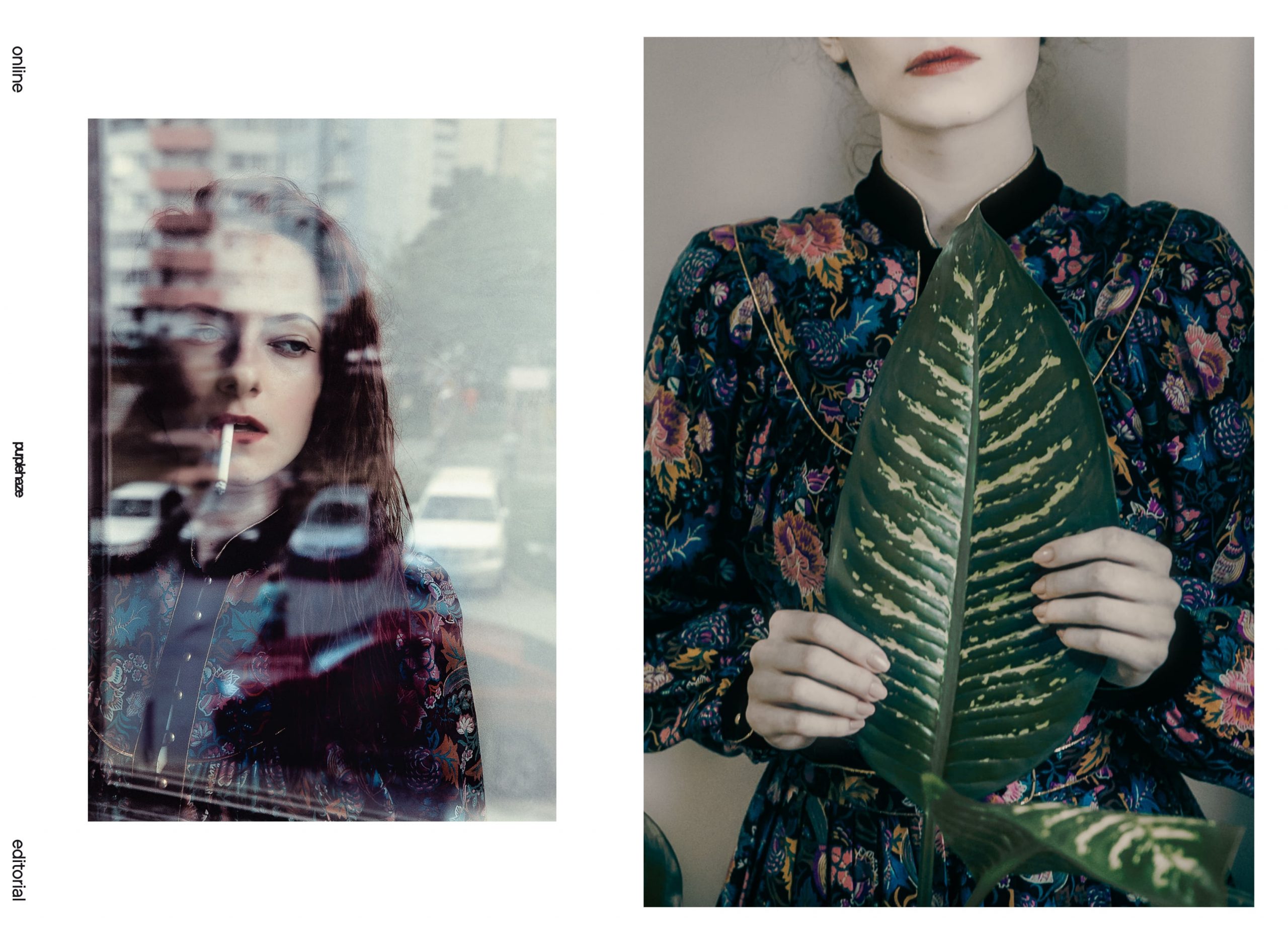
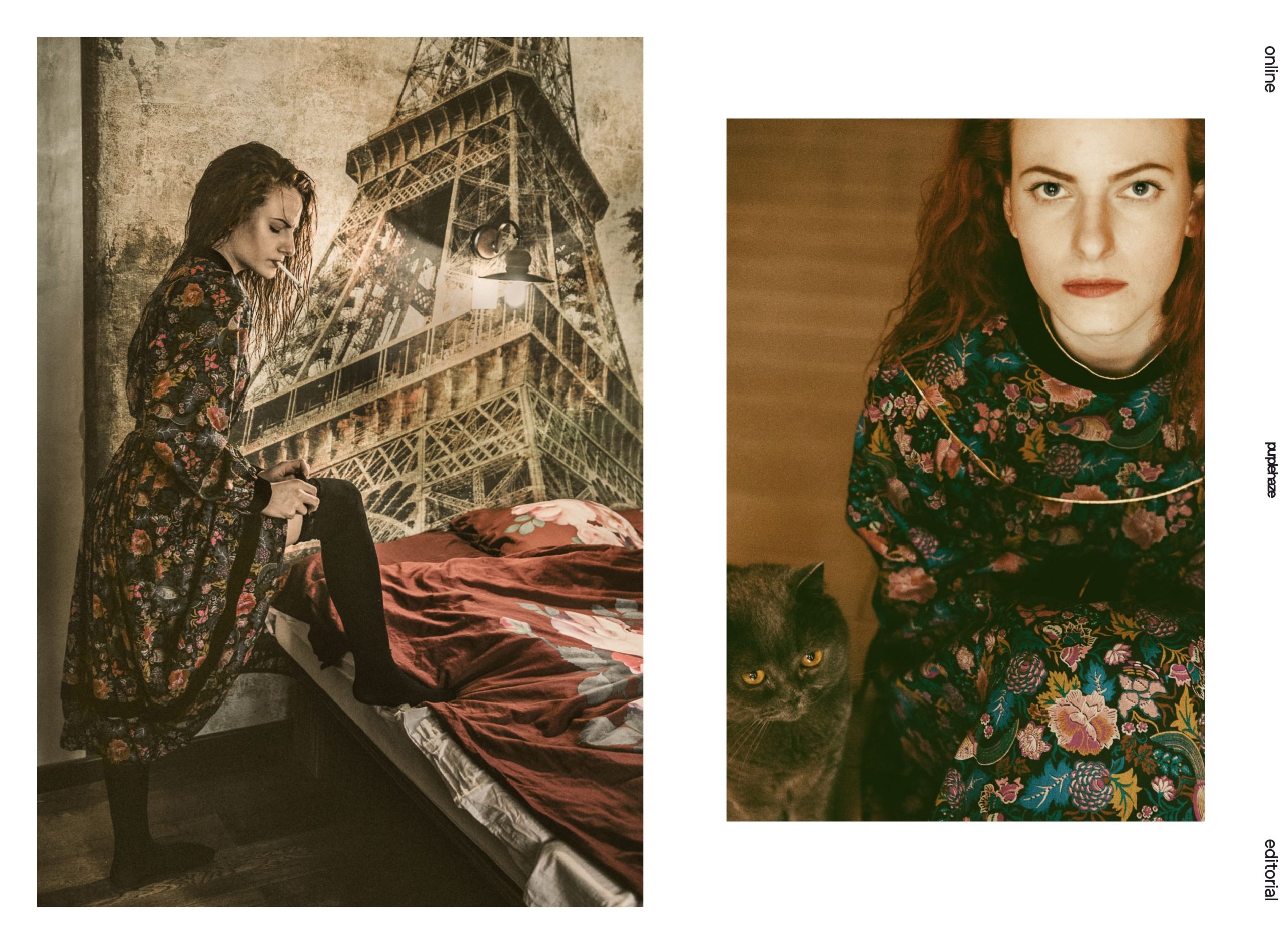

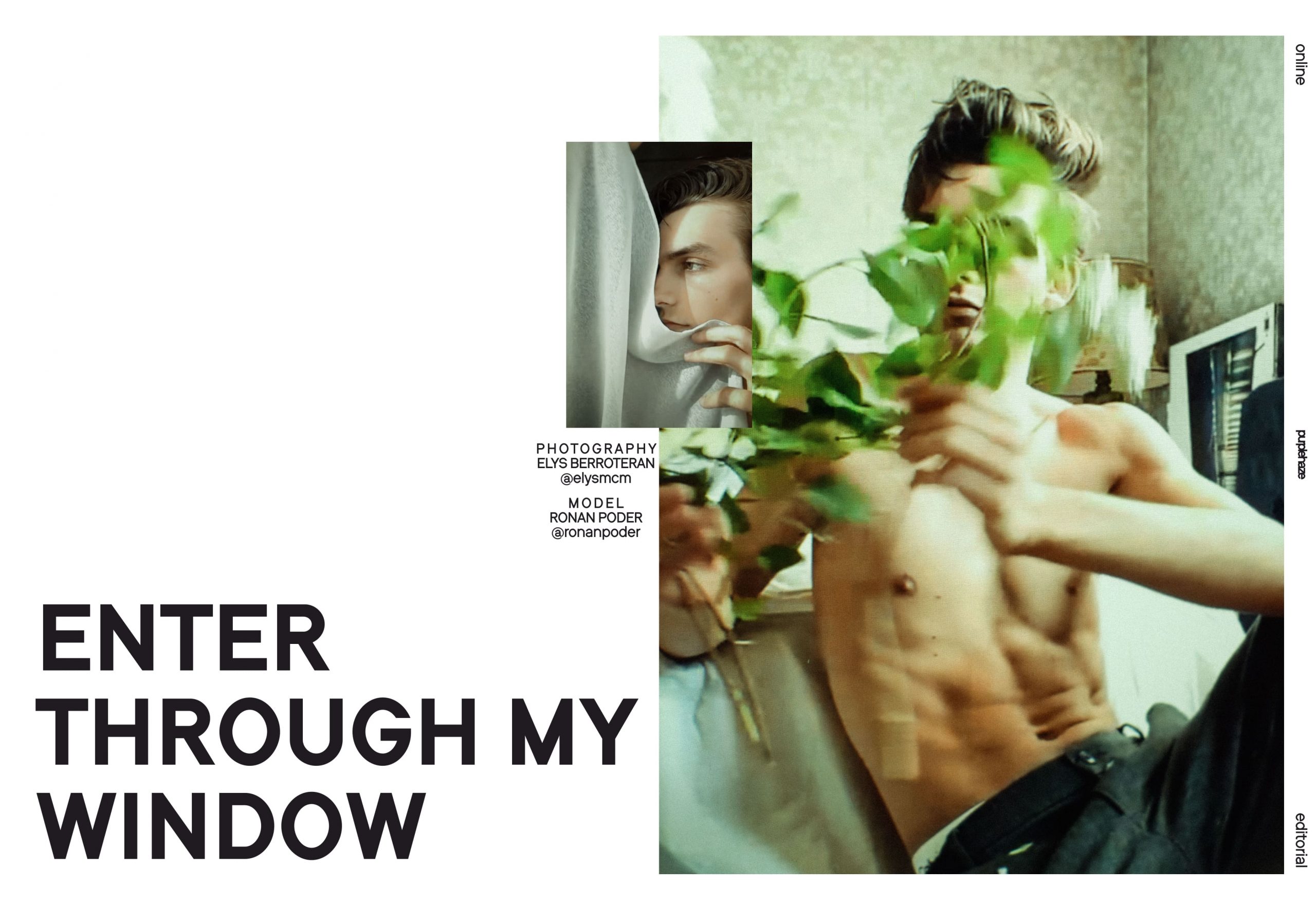
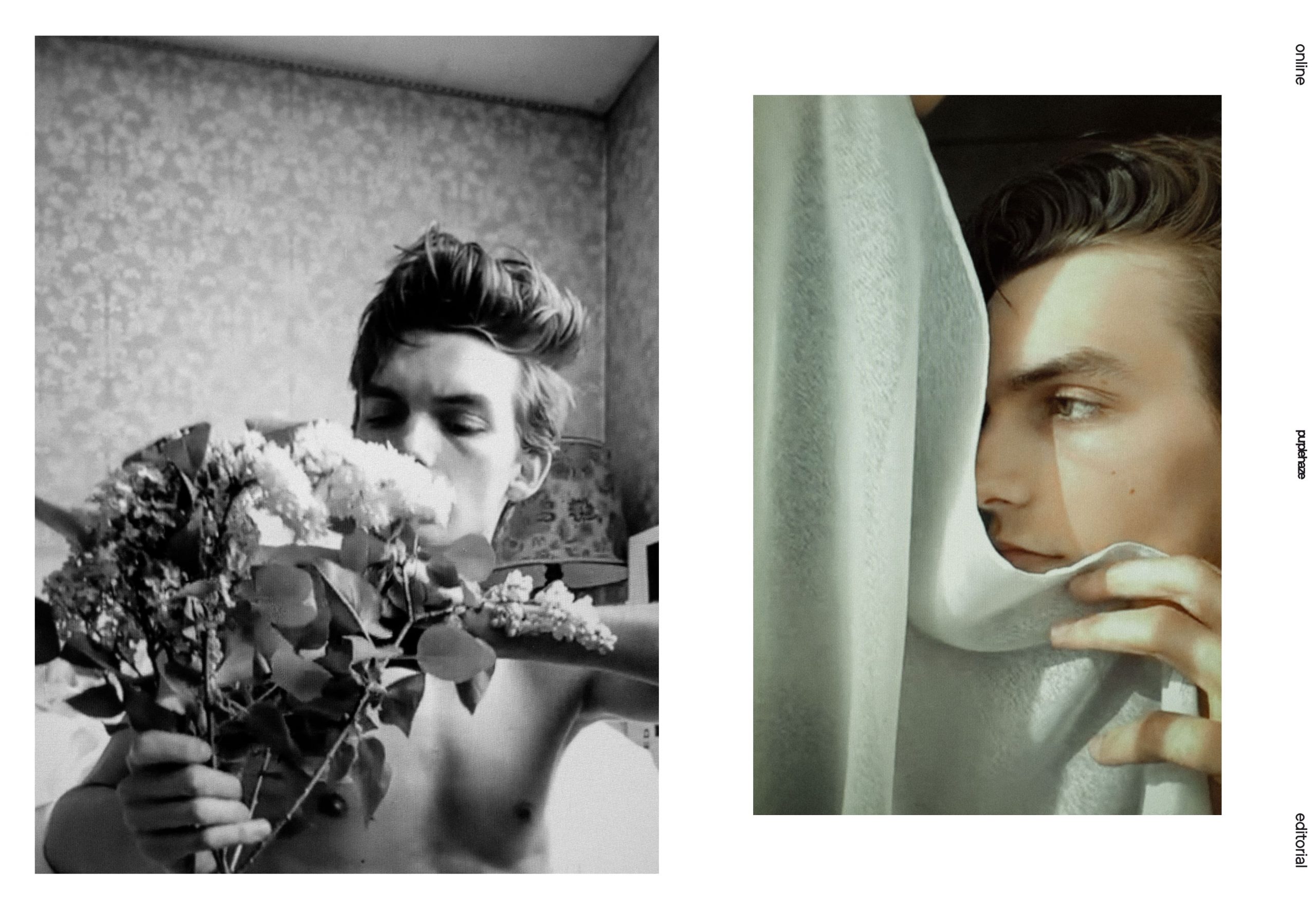
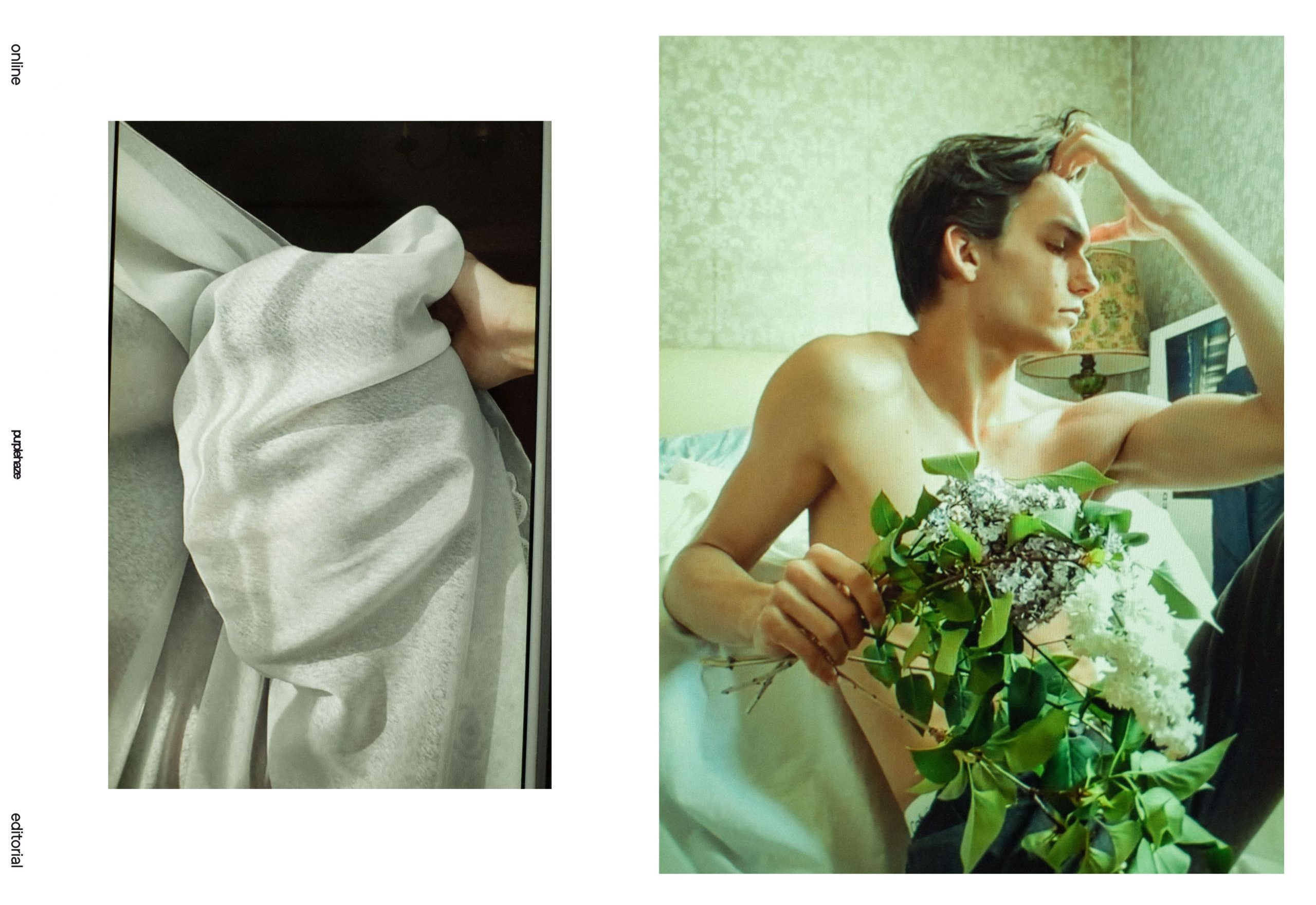
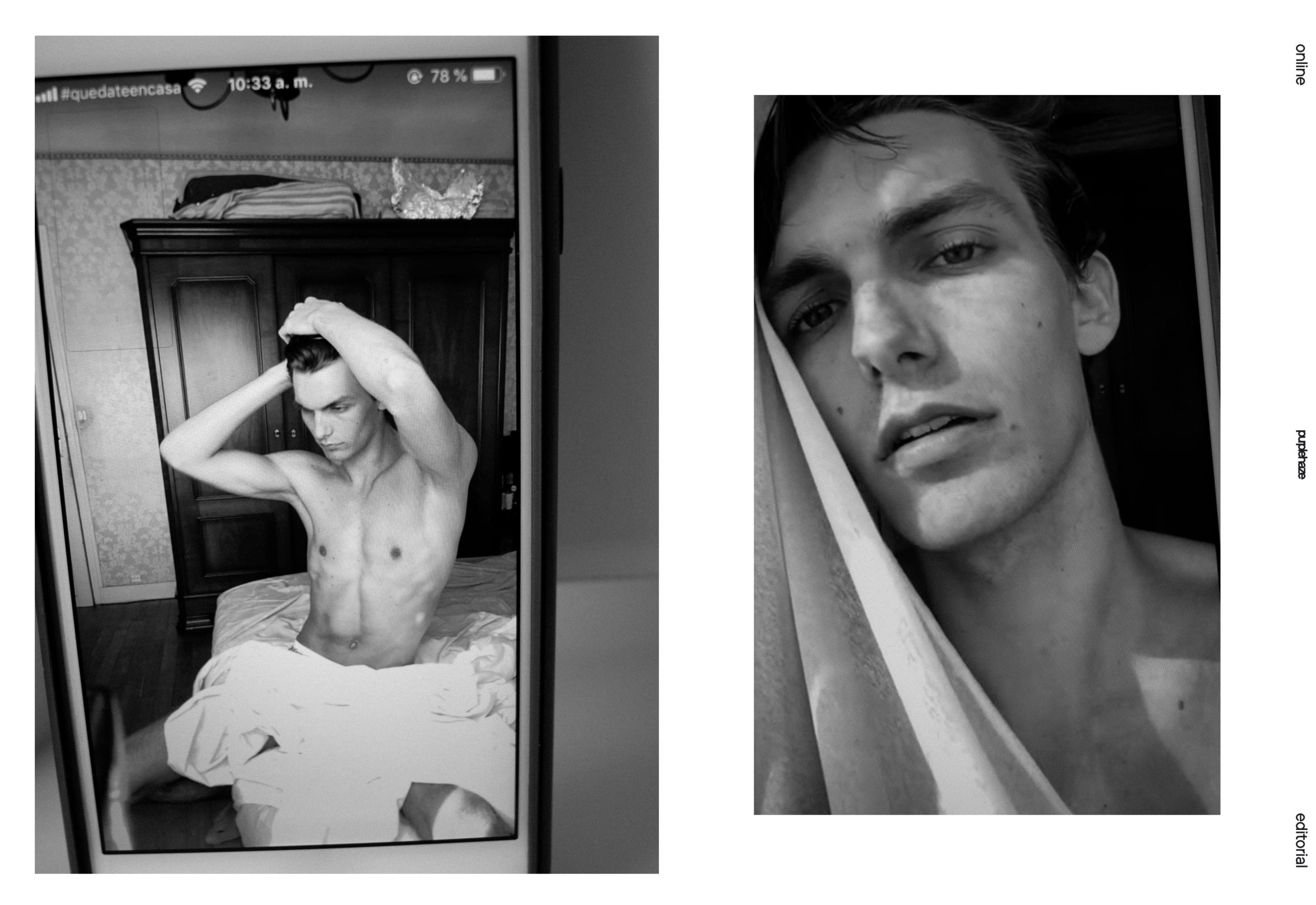
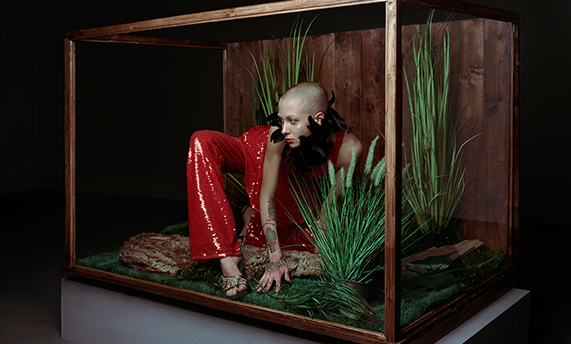


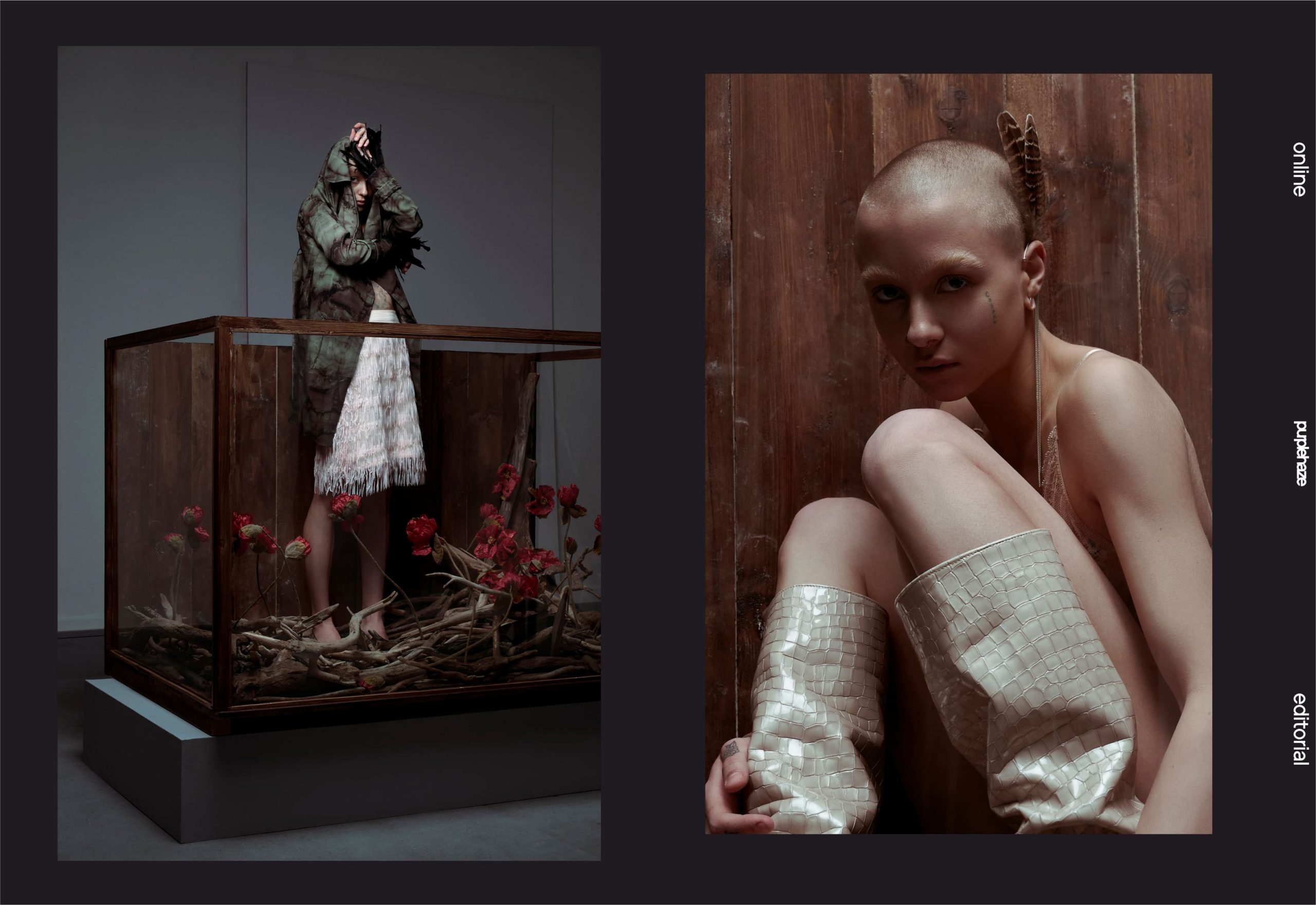

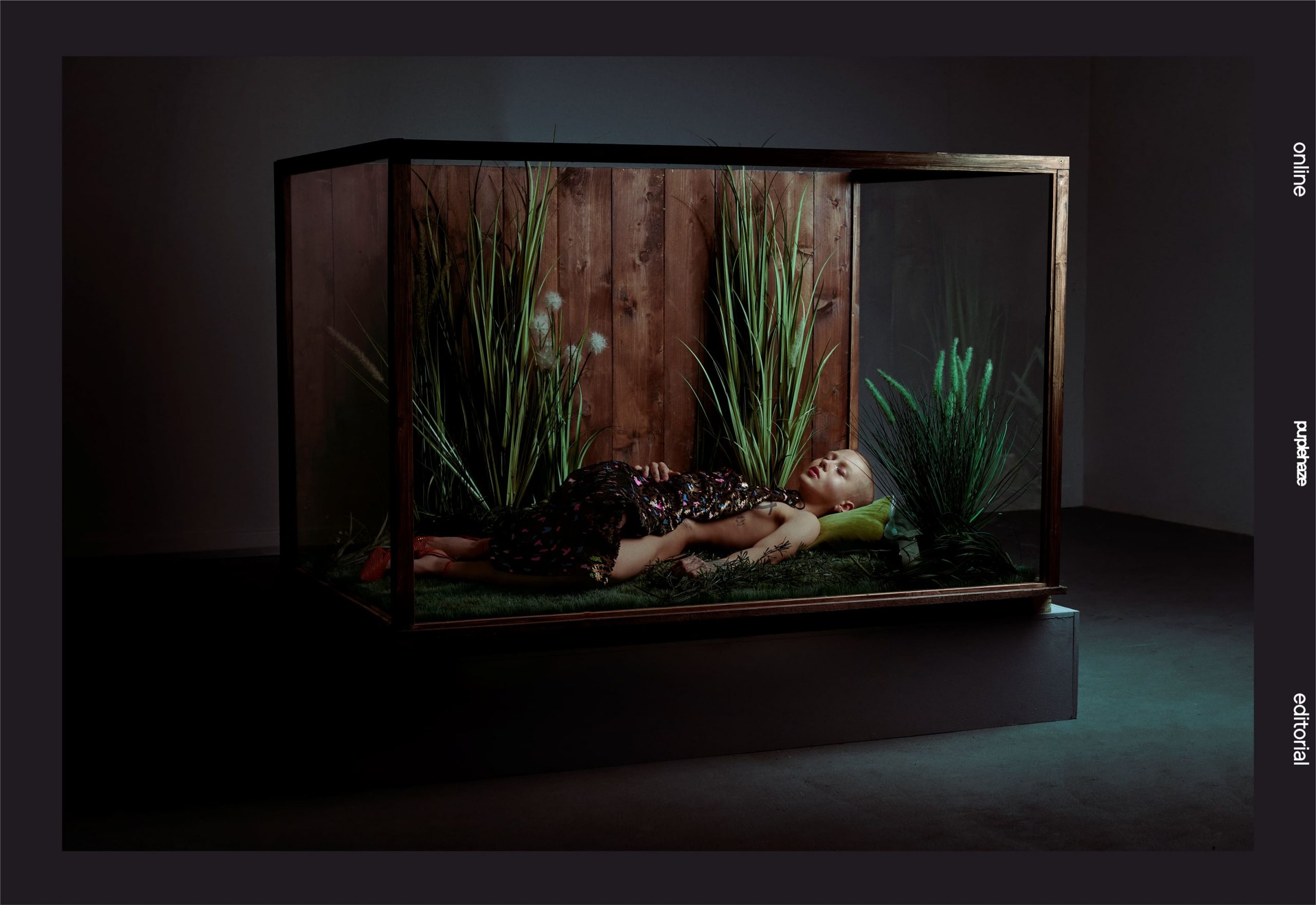
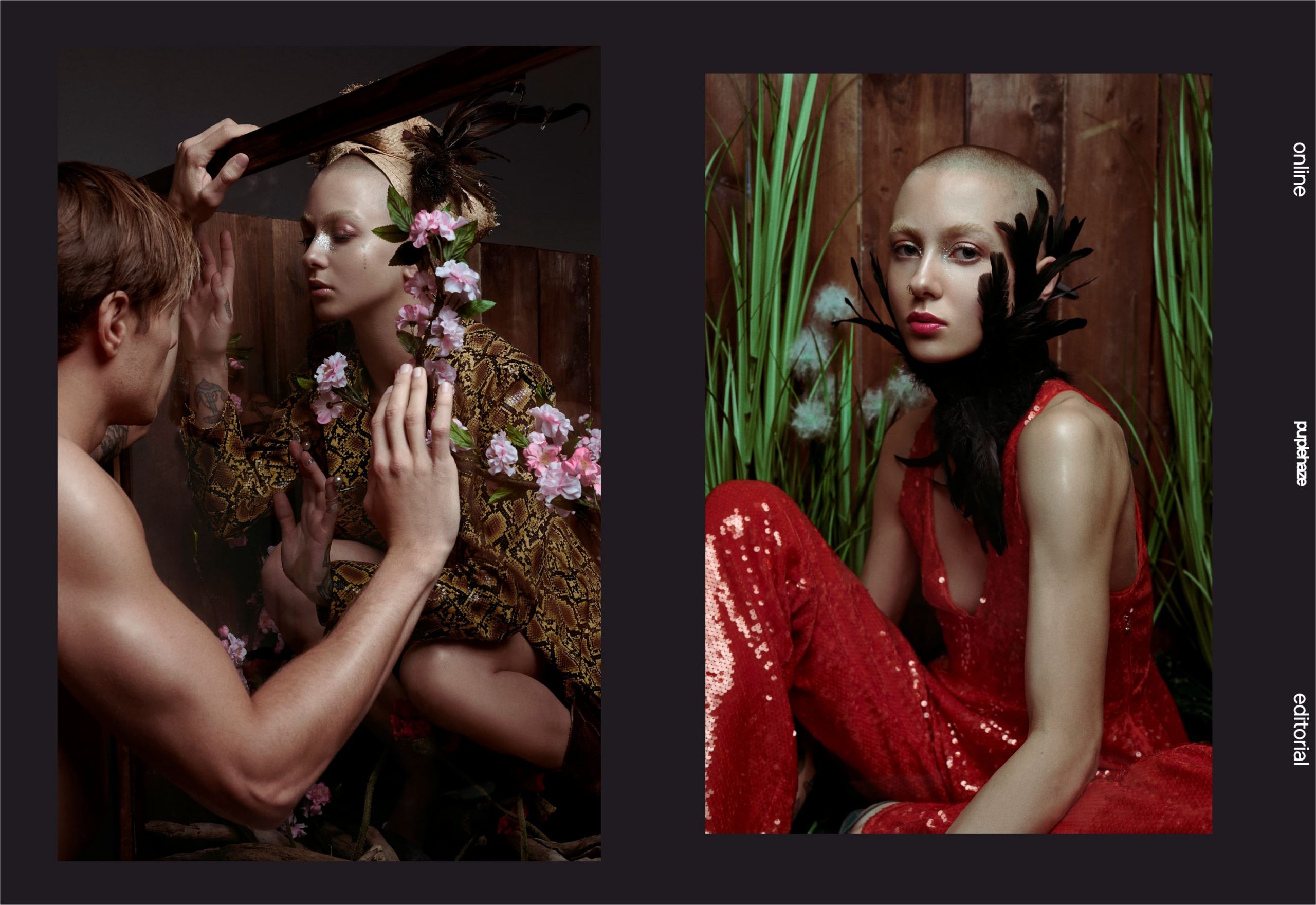

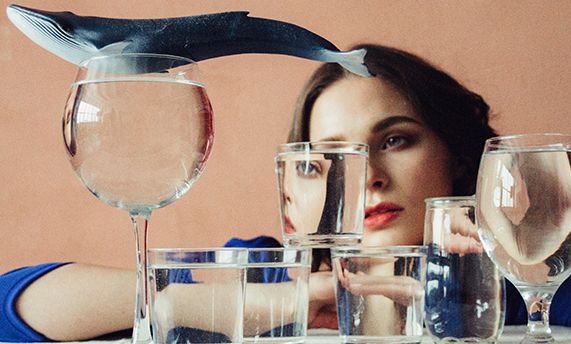






Neueste Kommentare